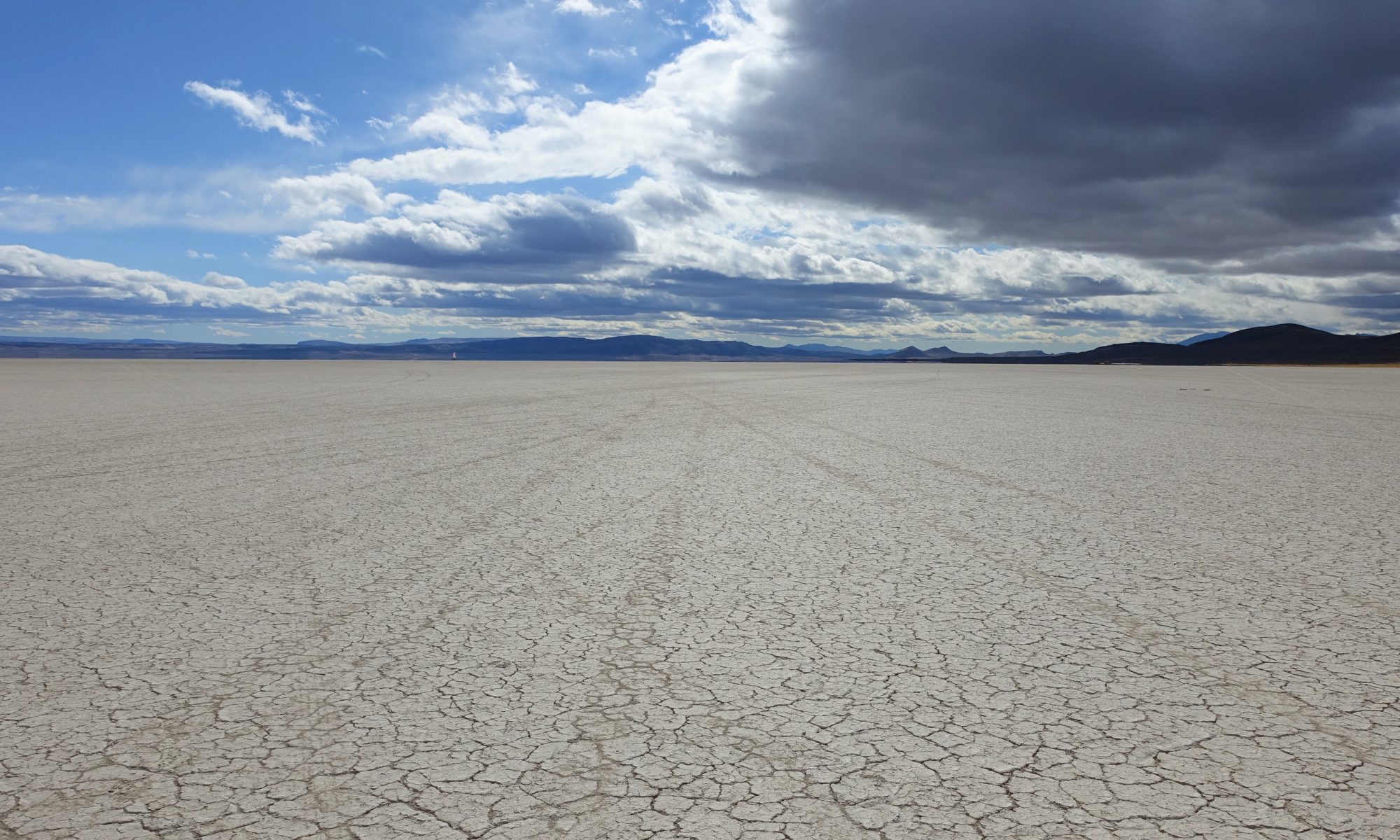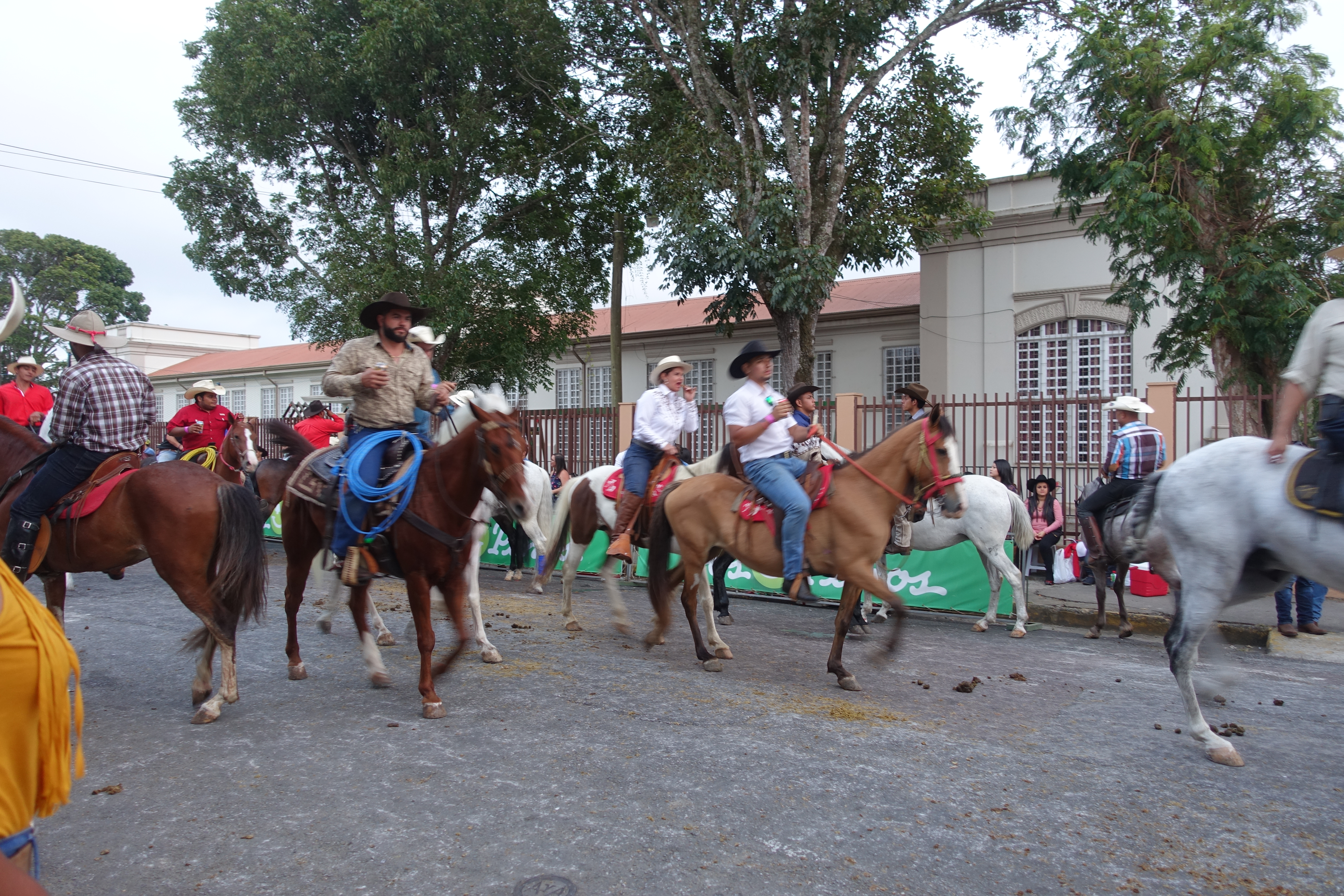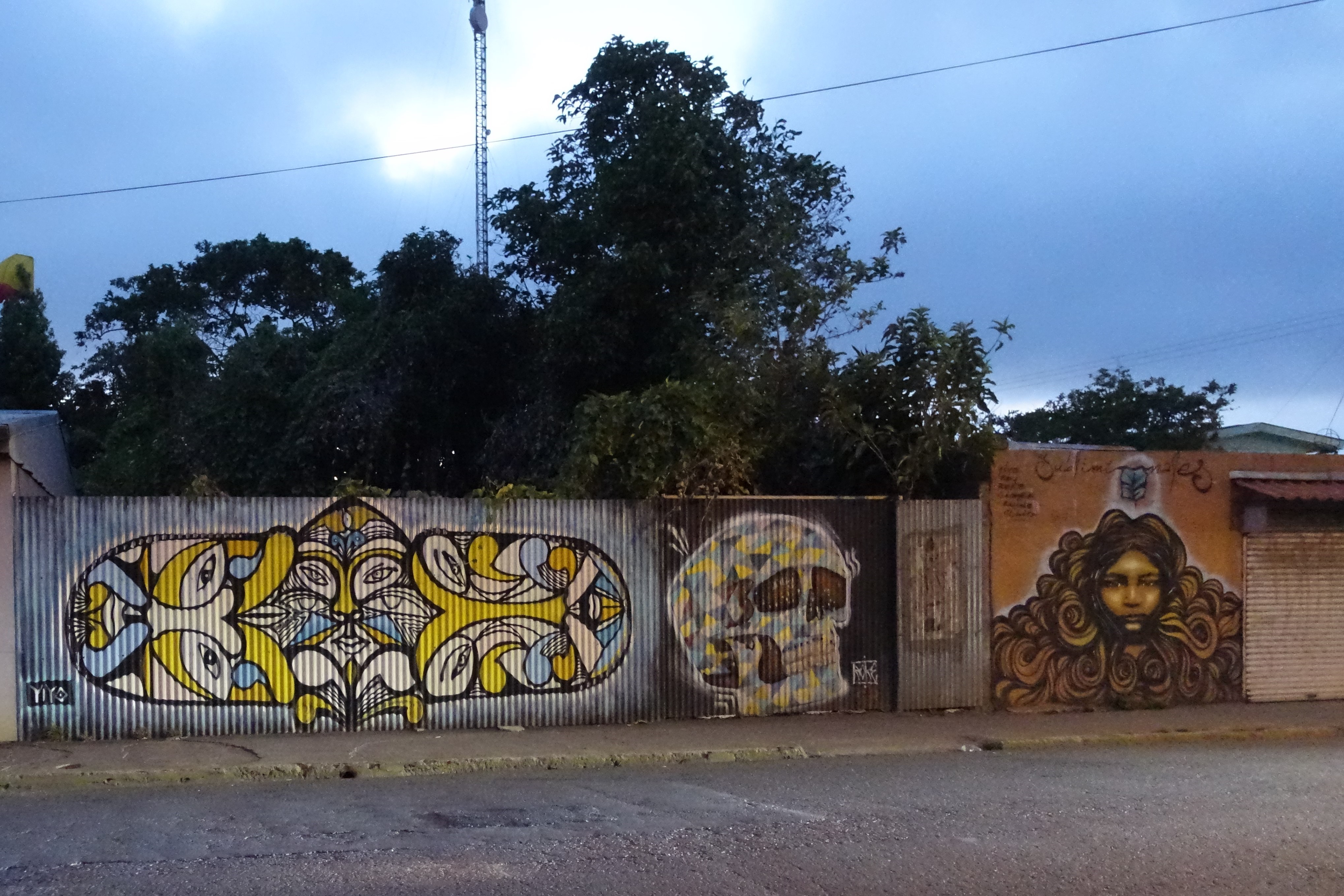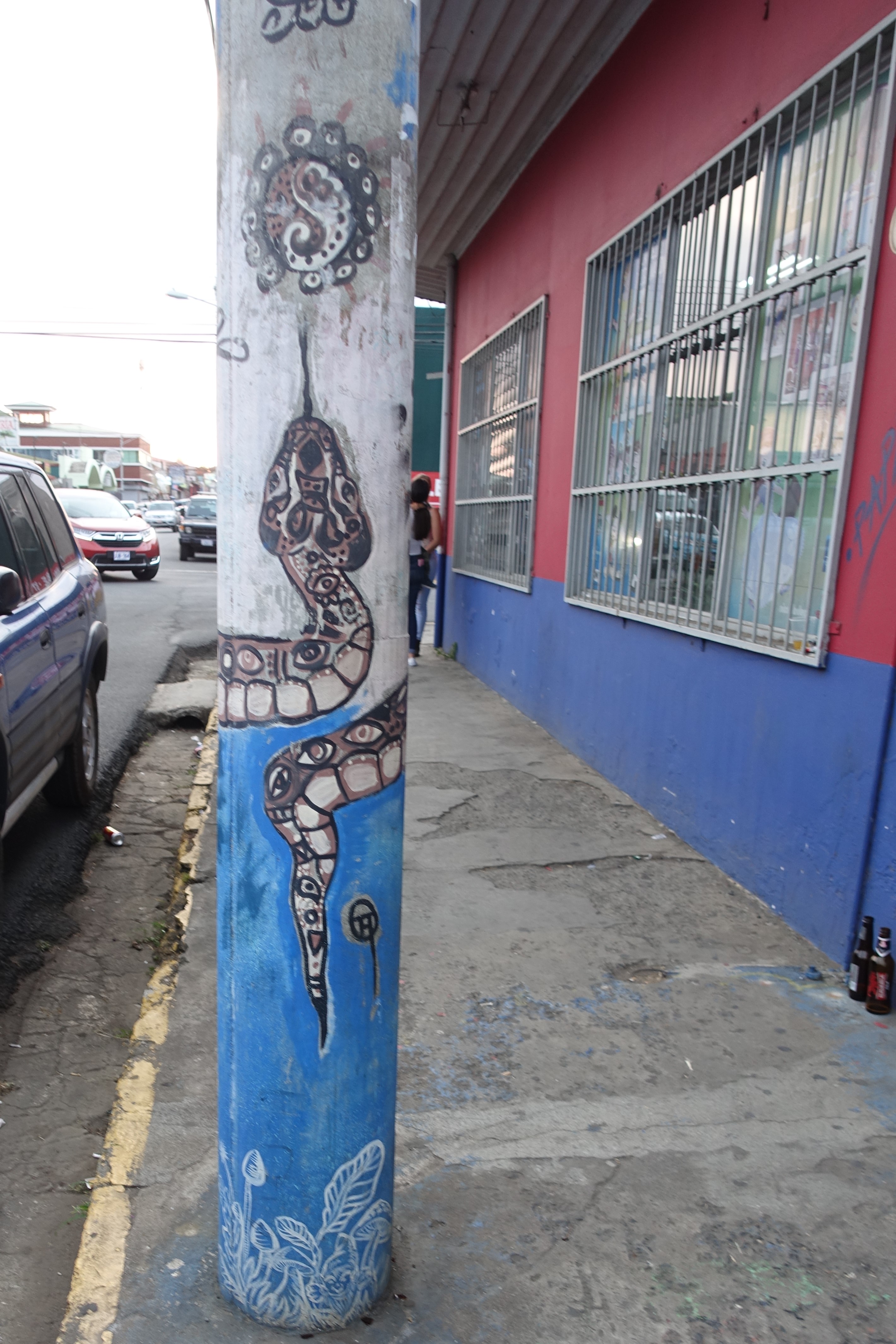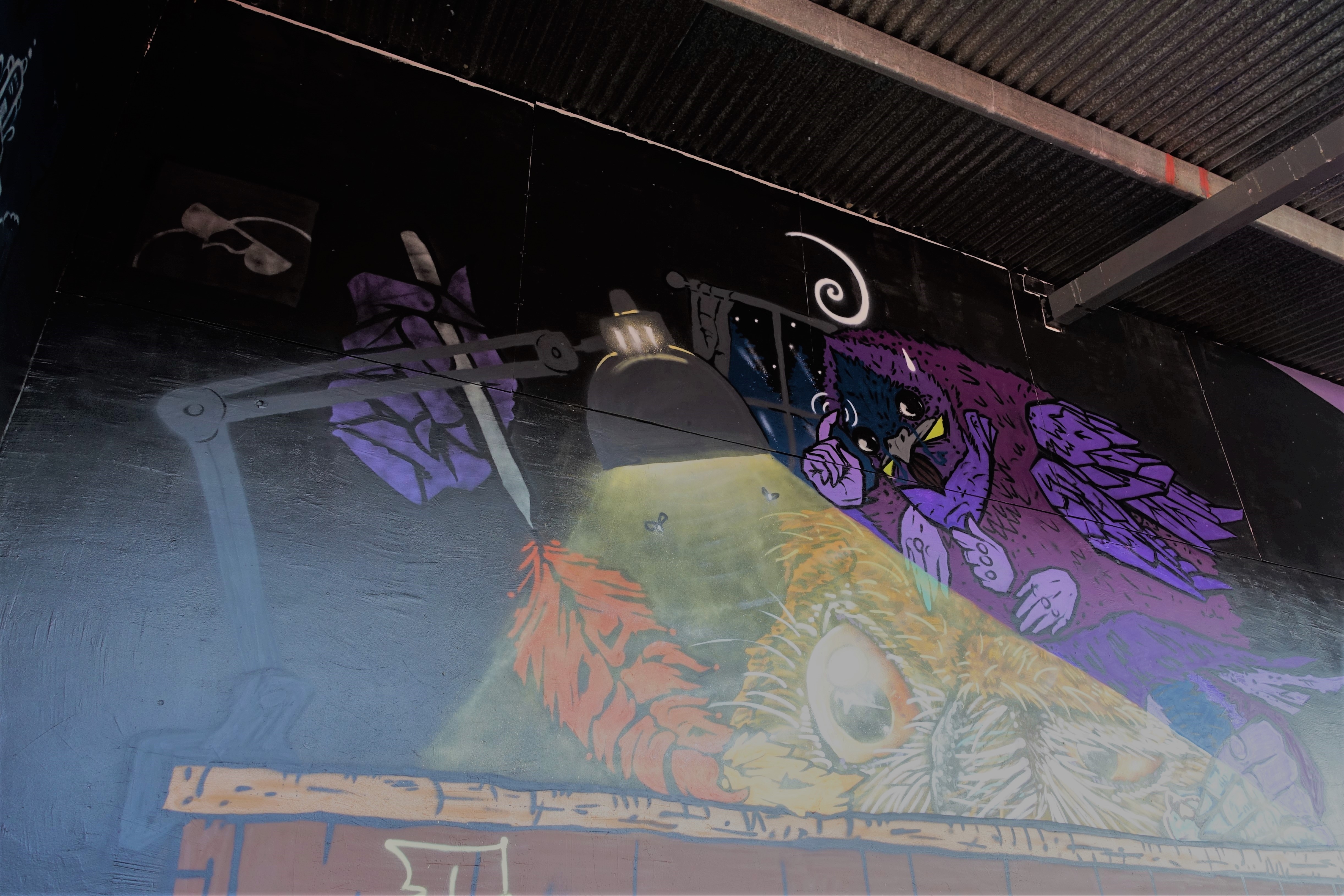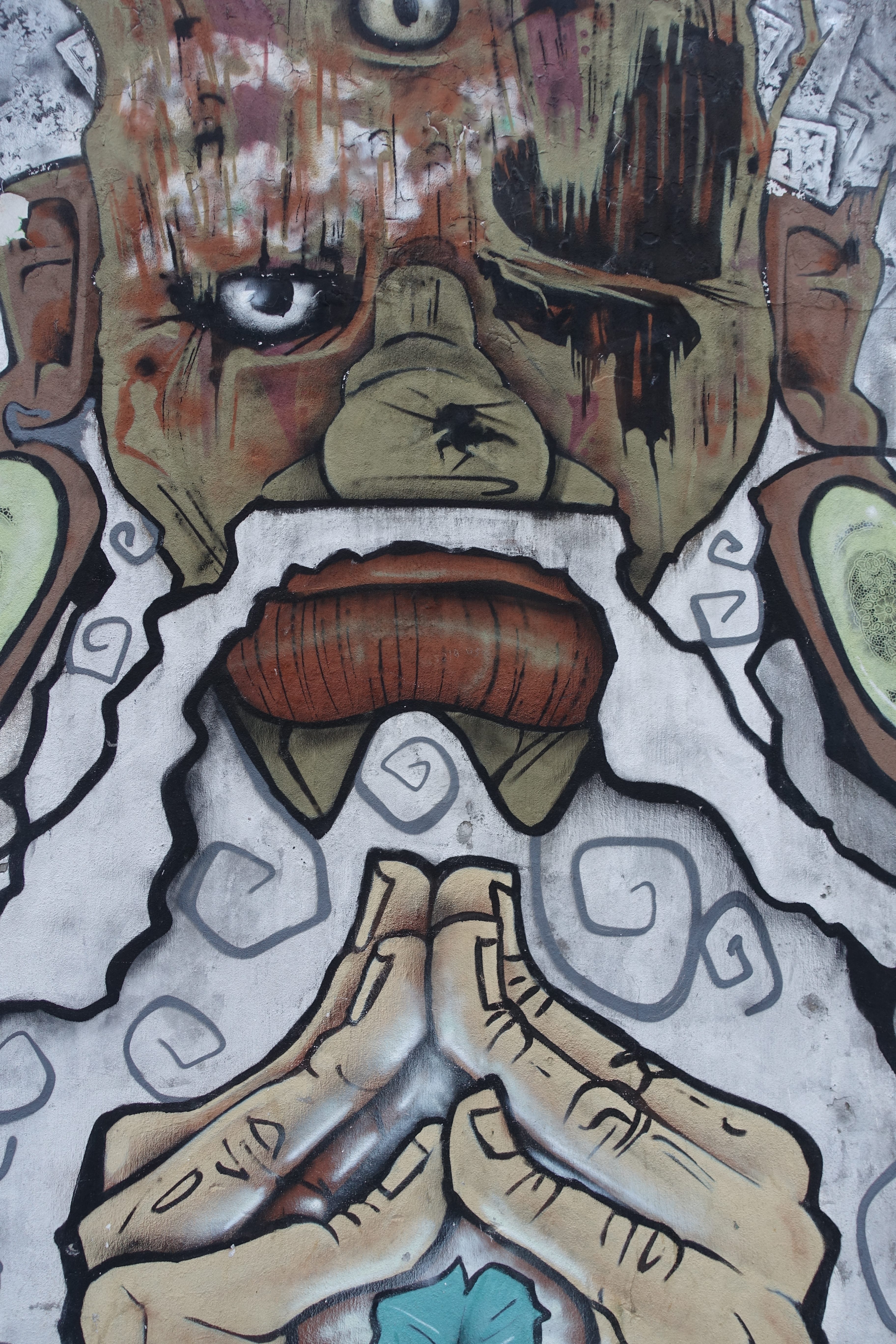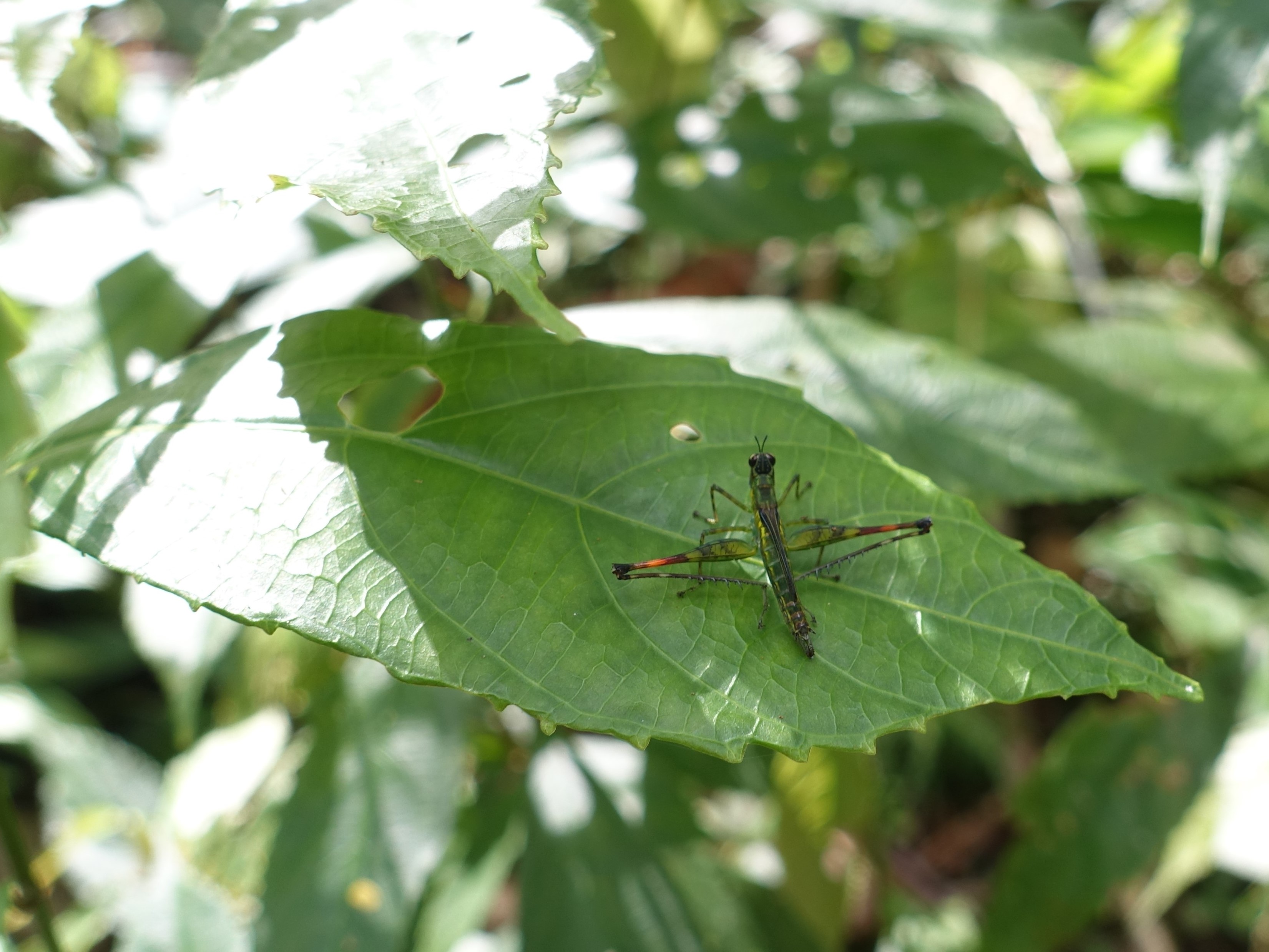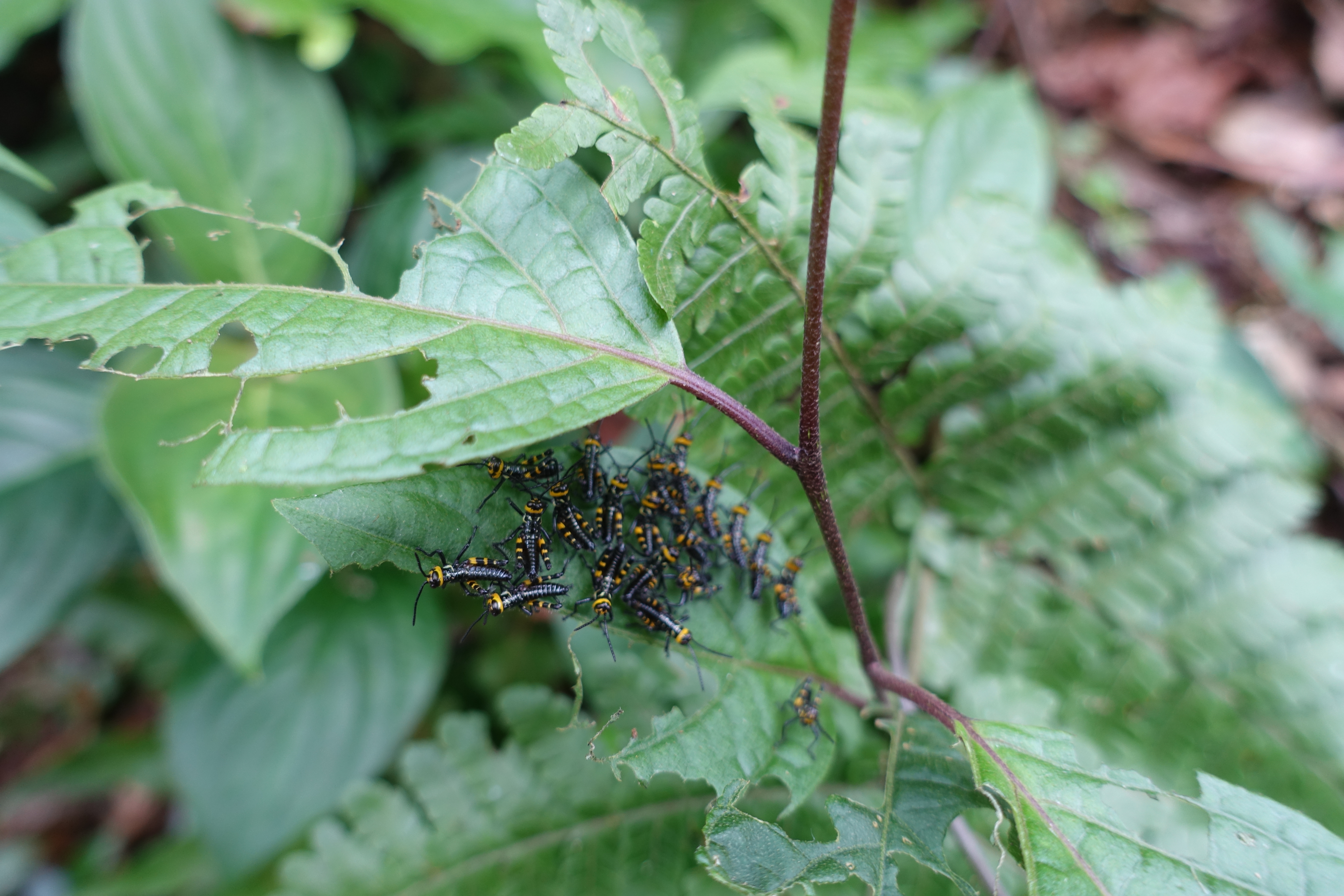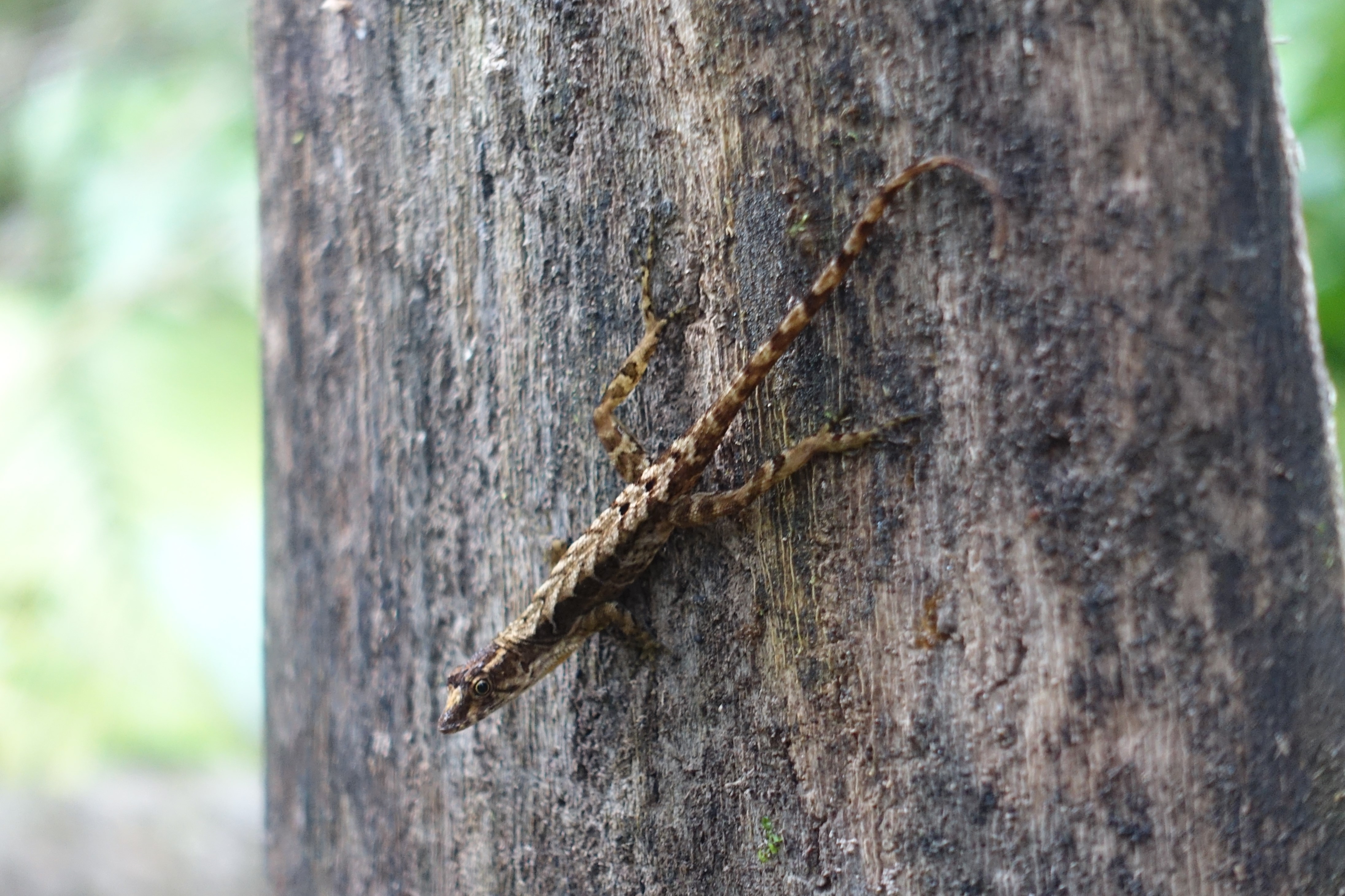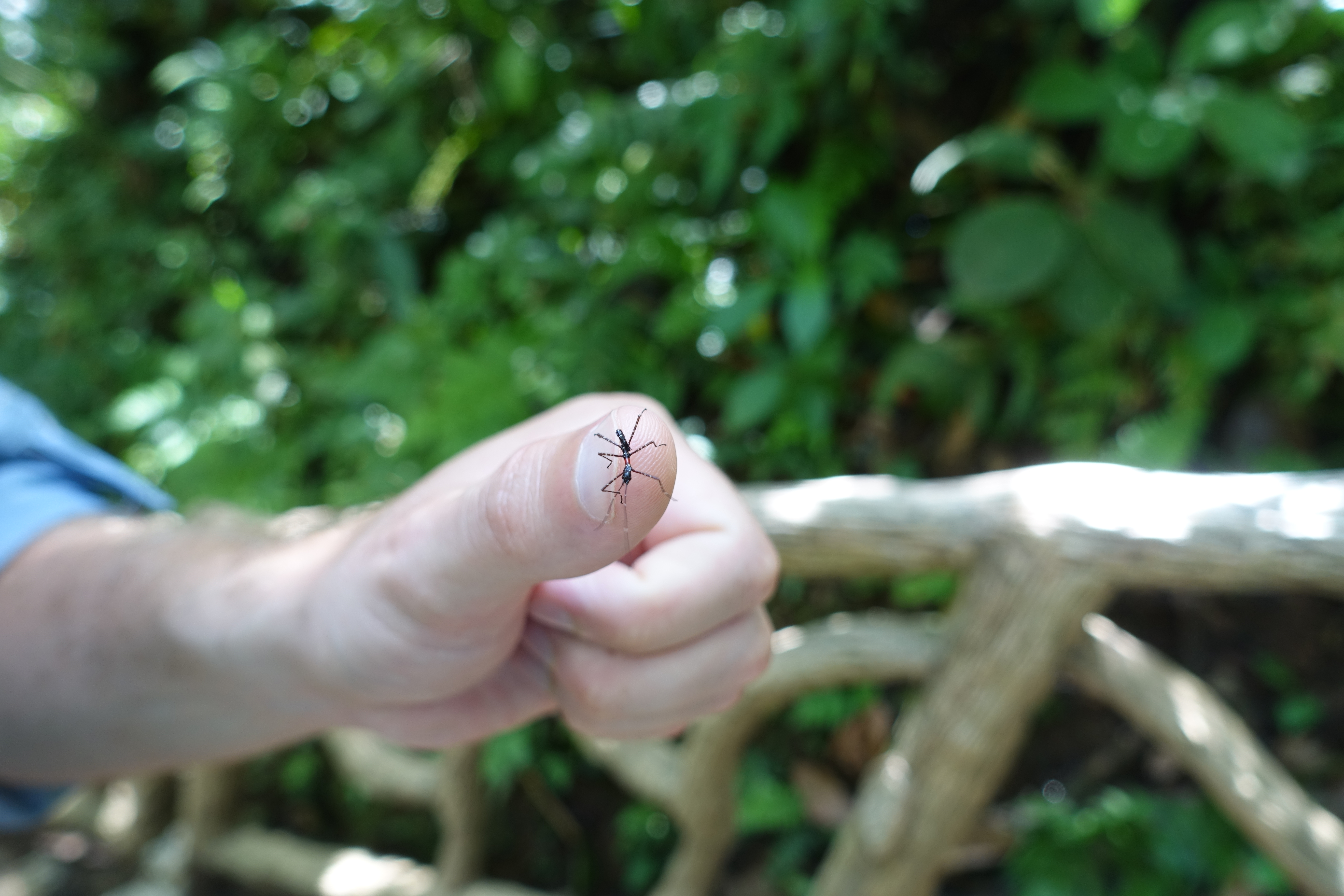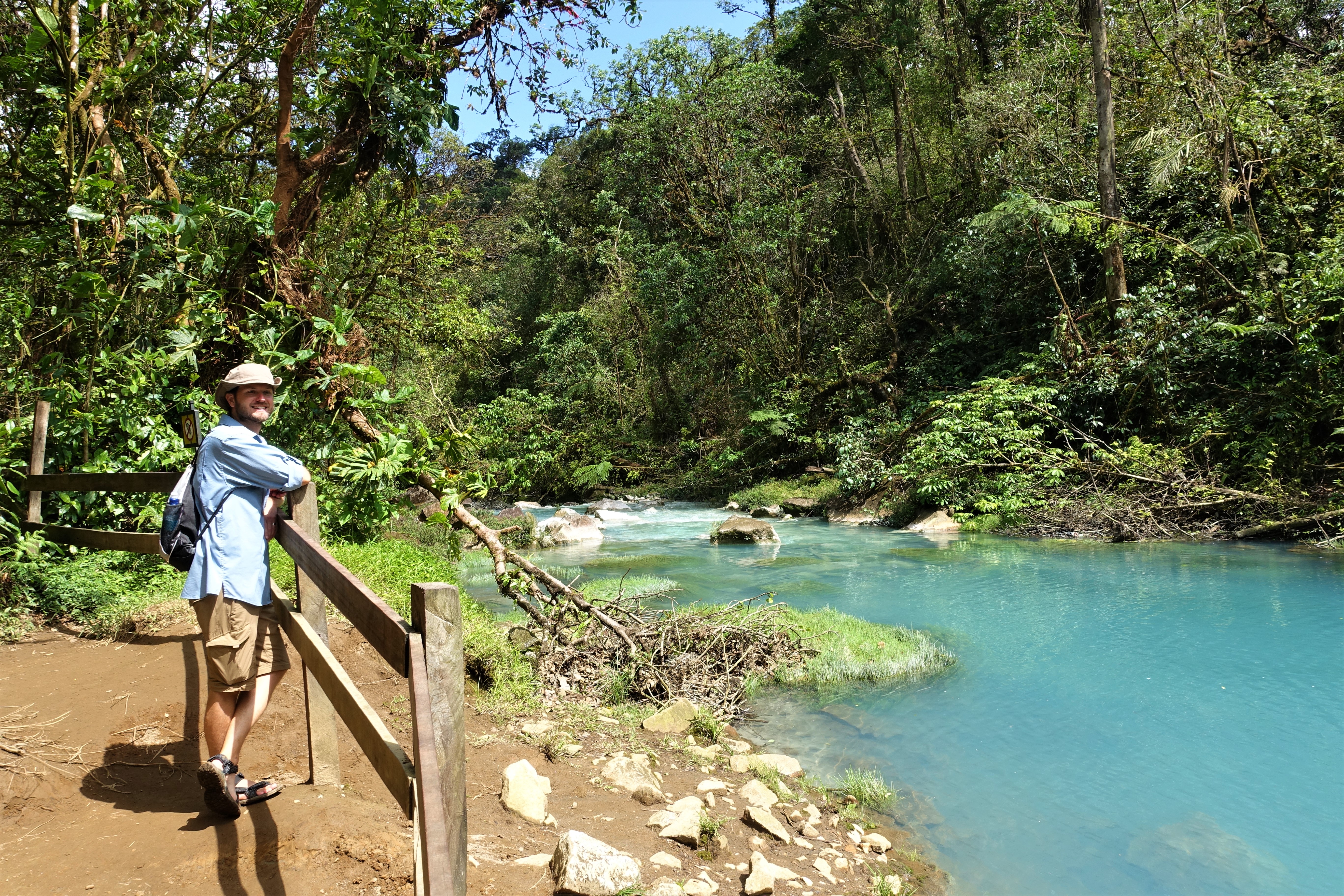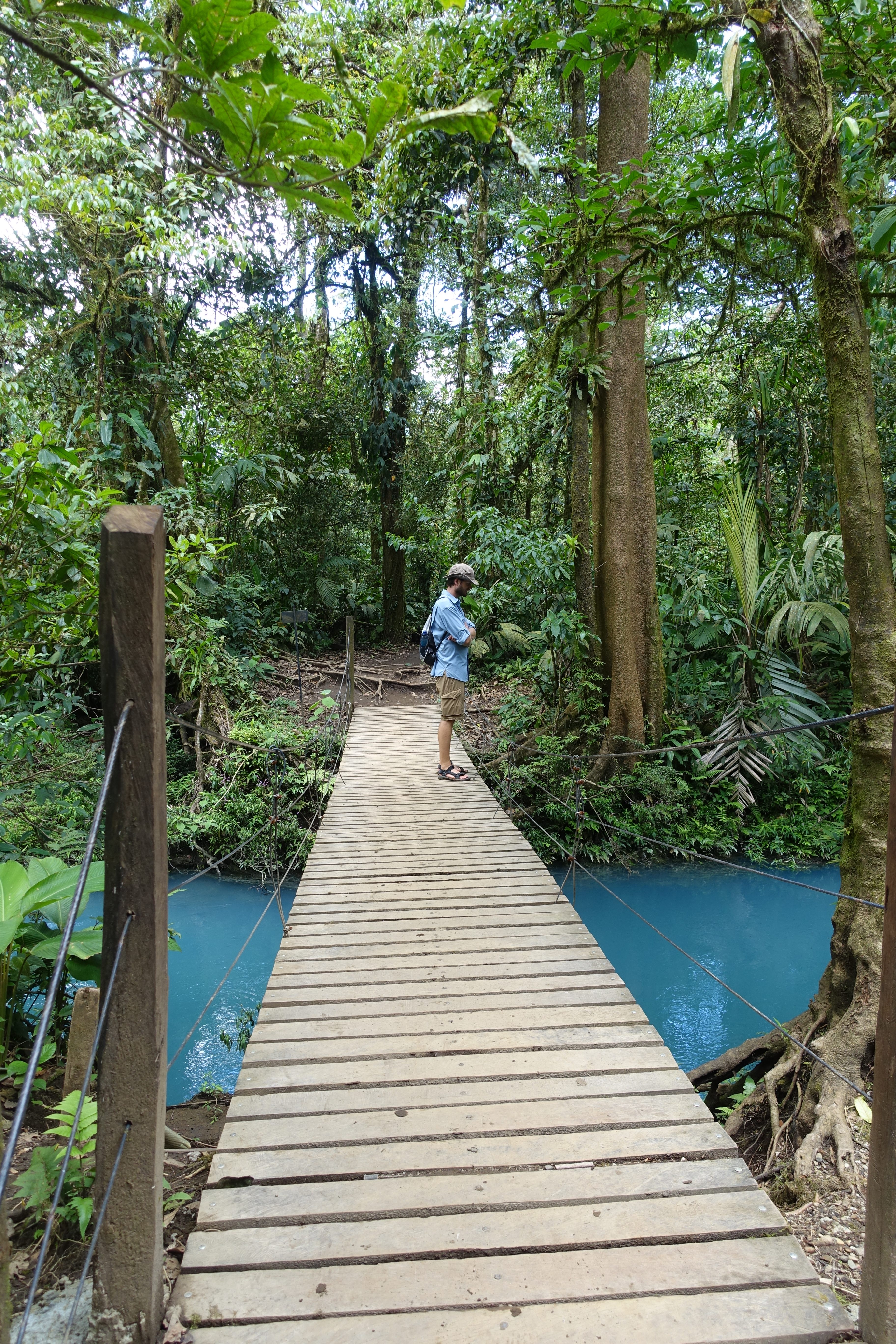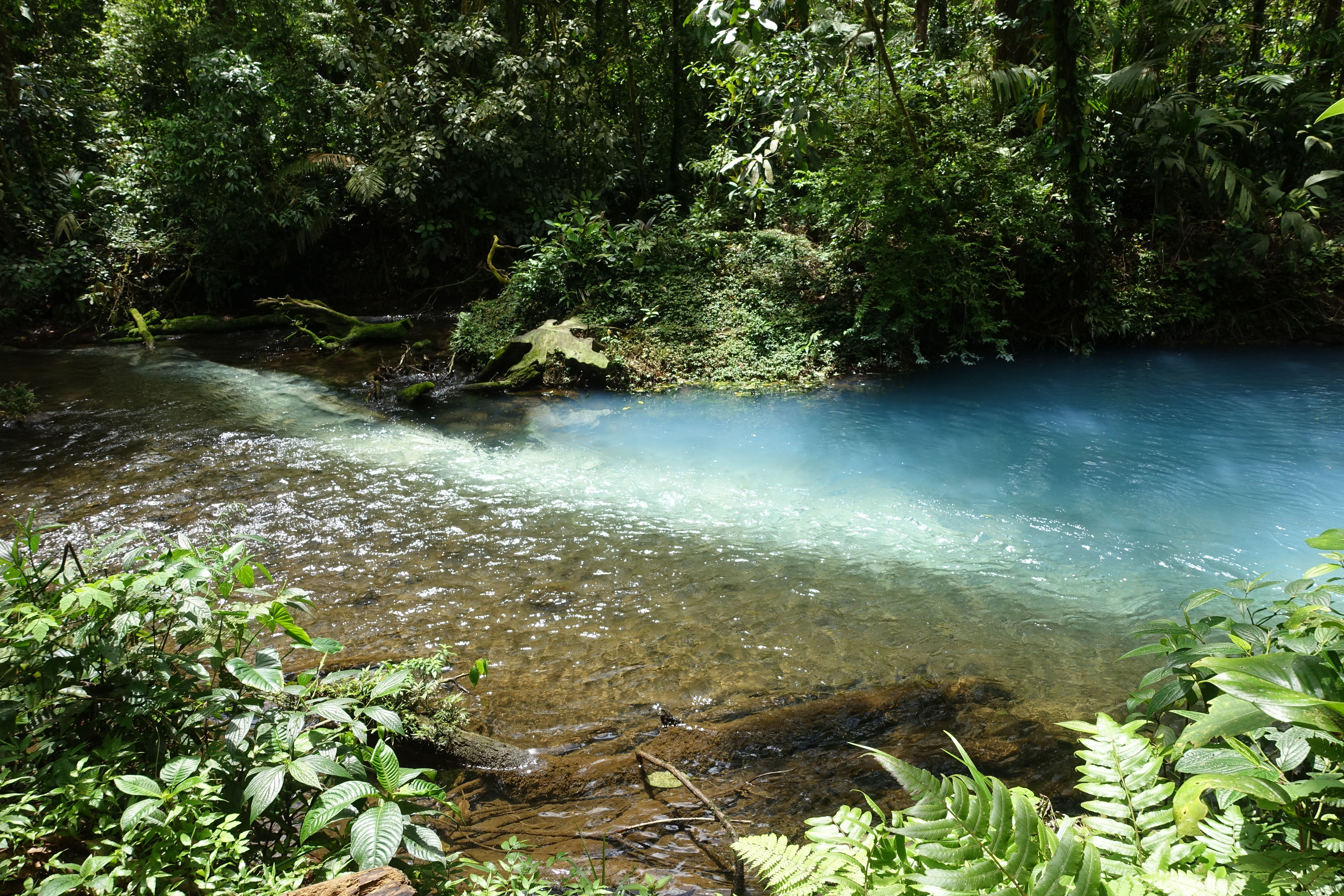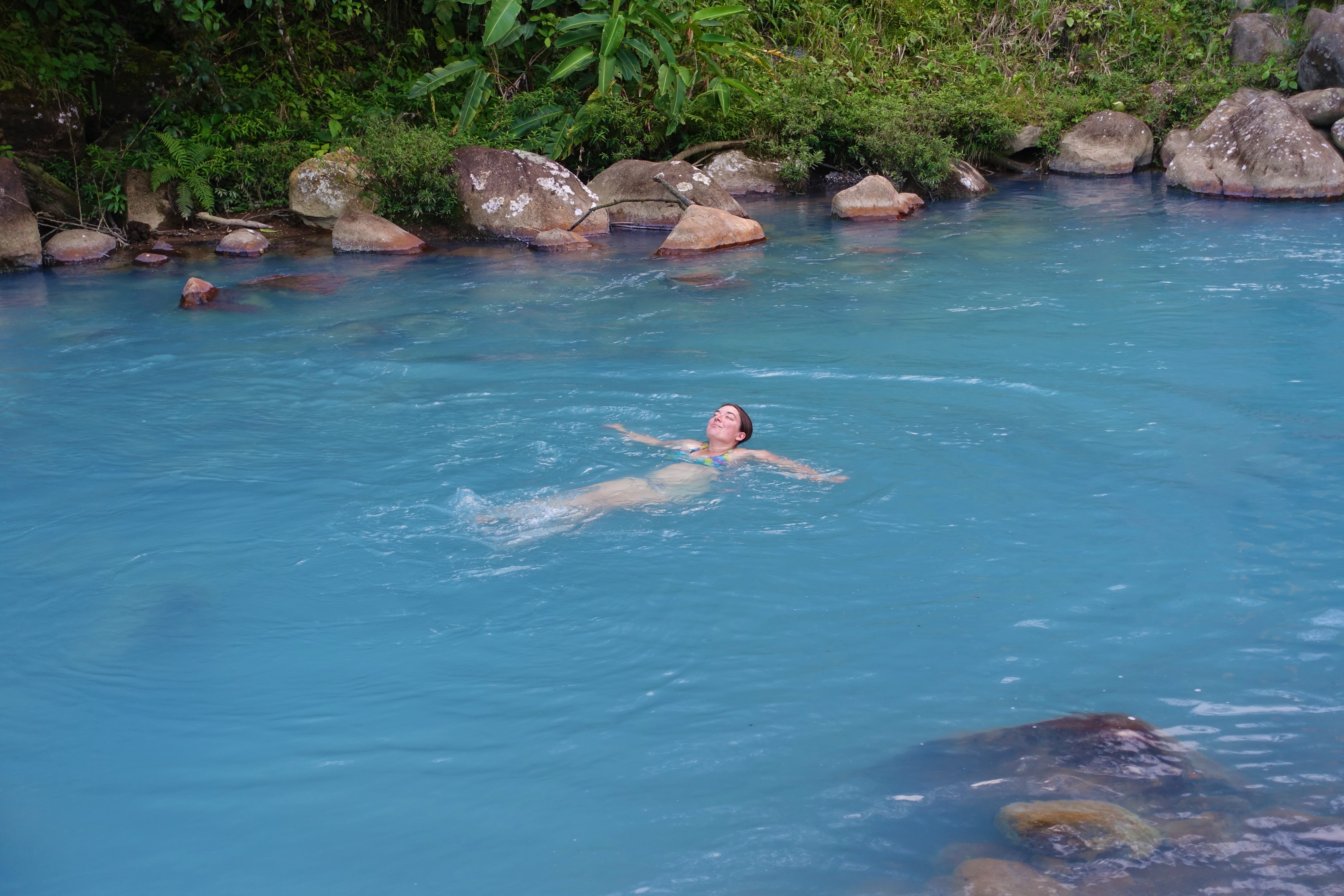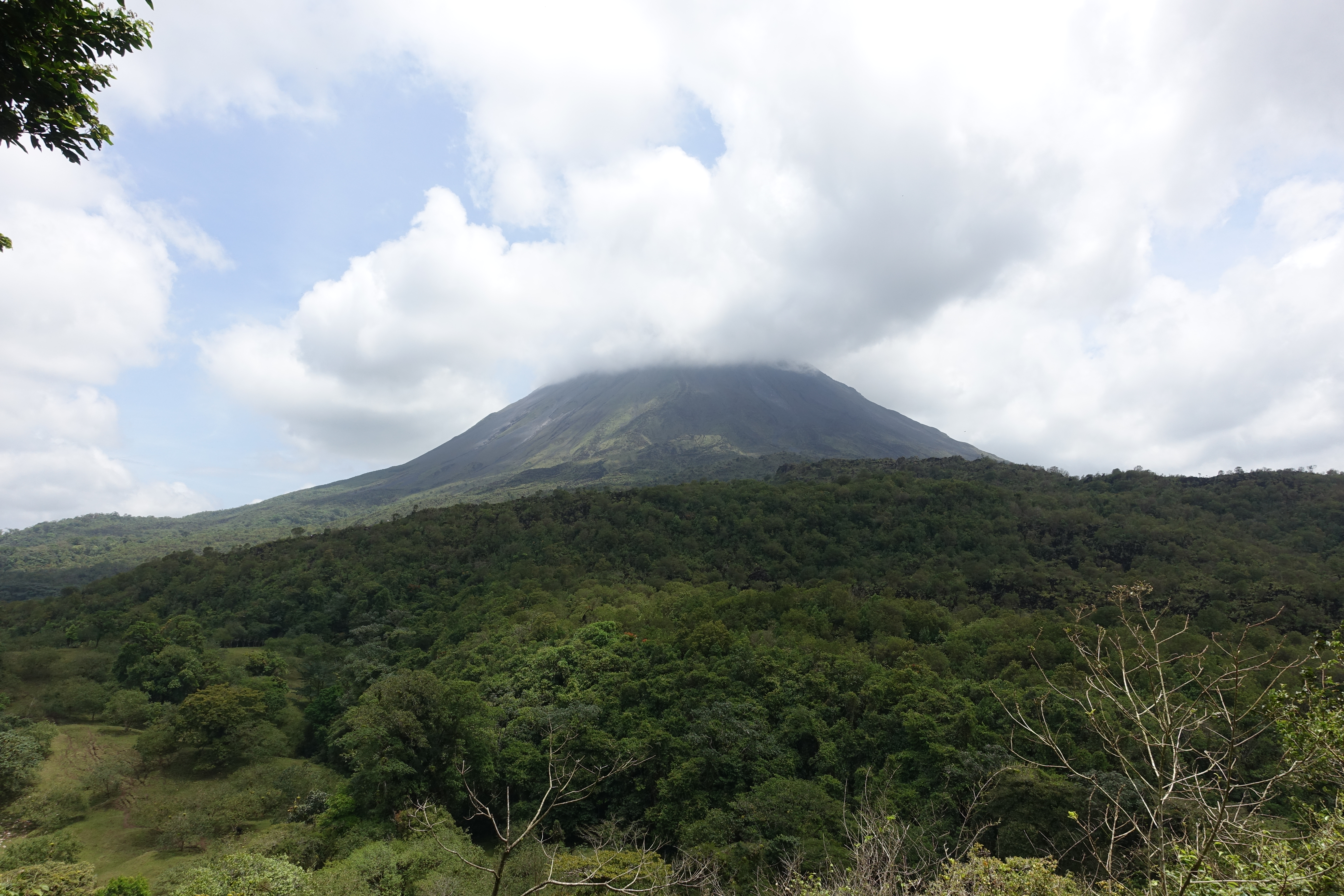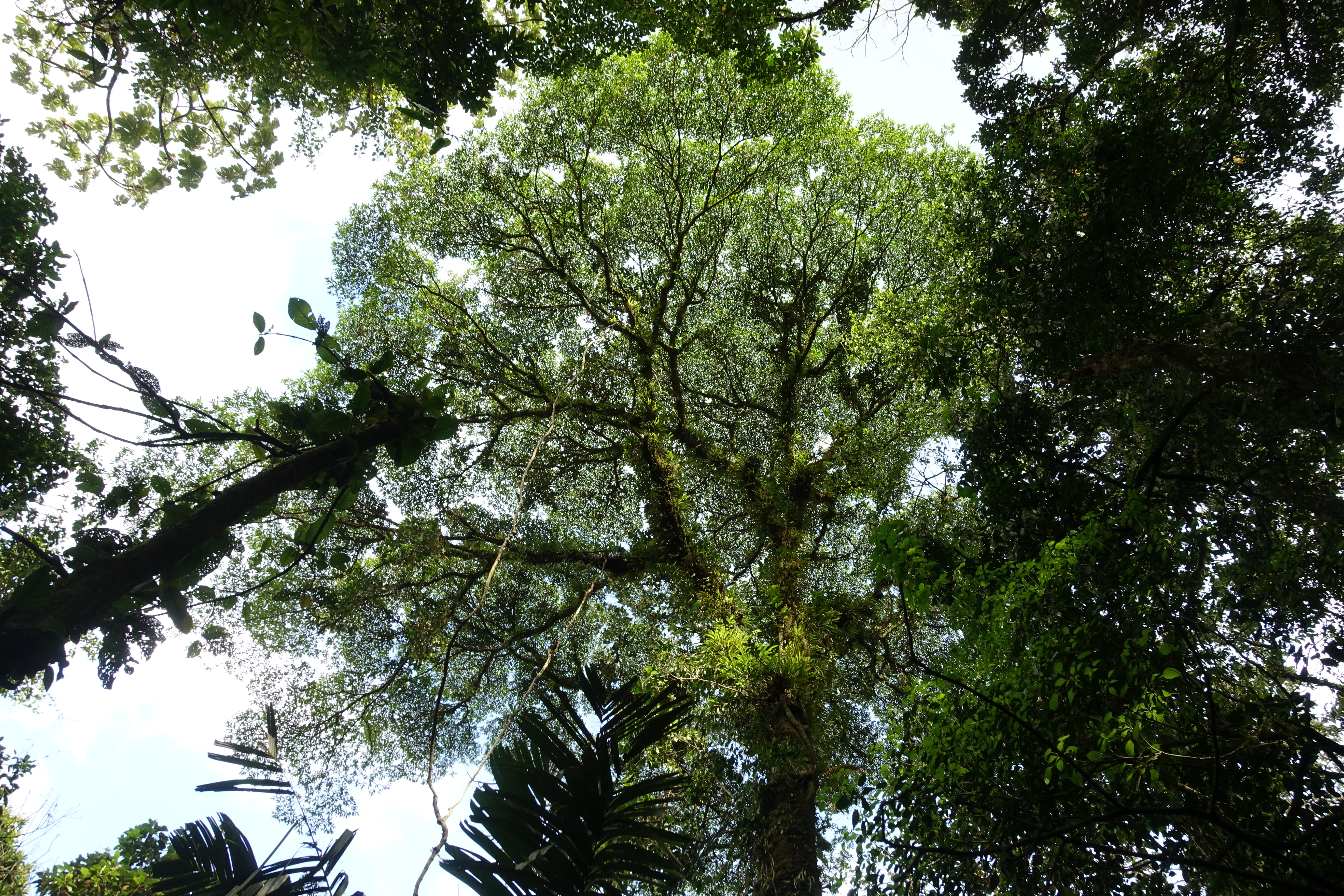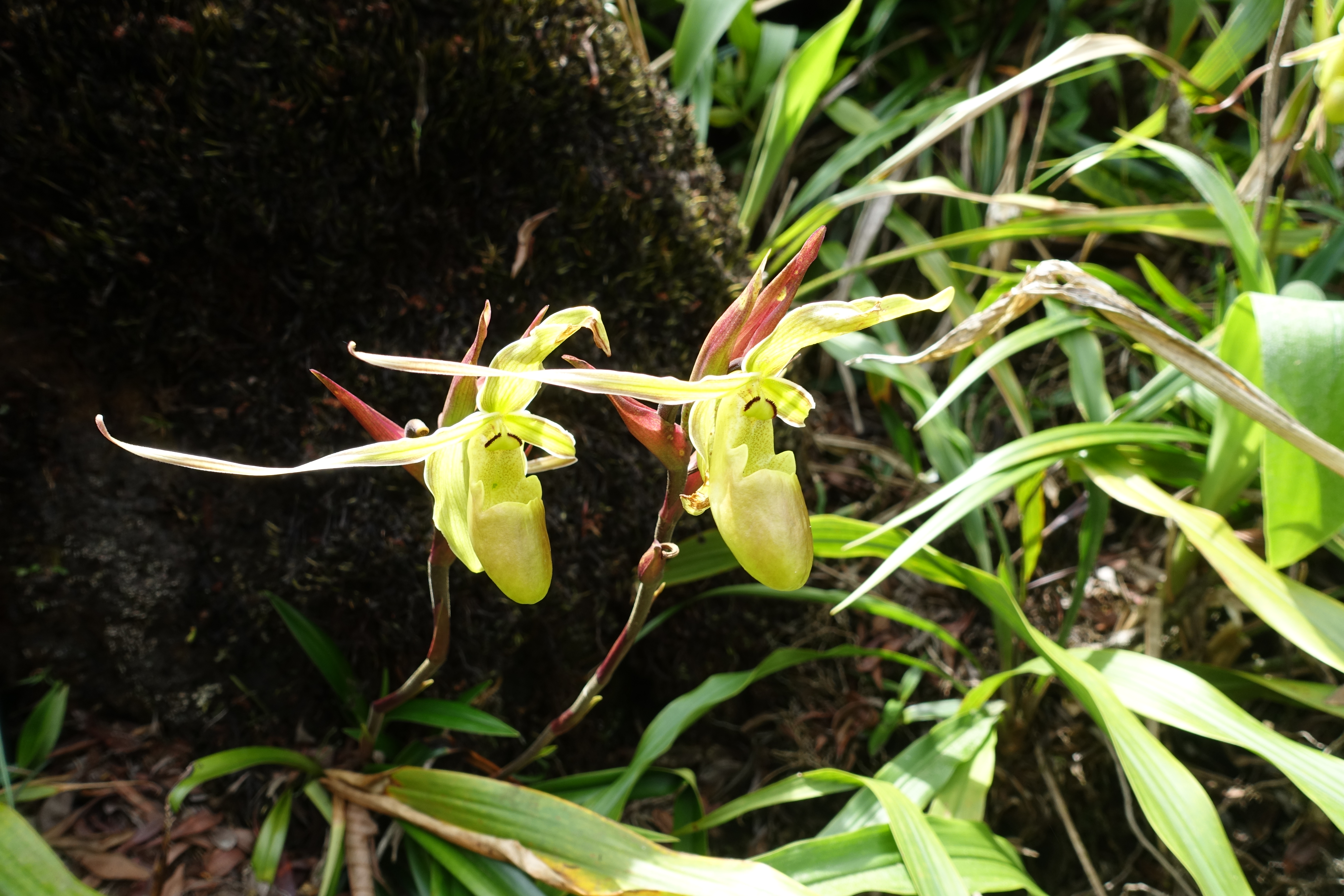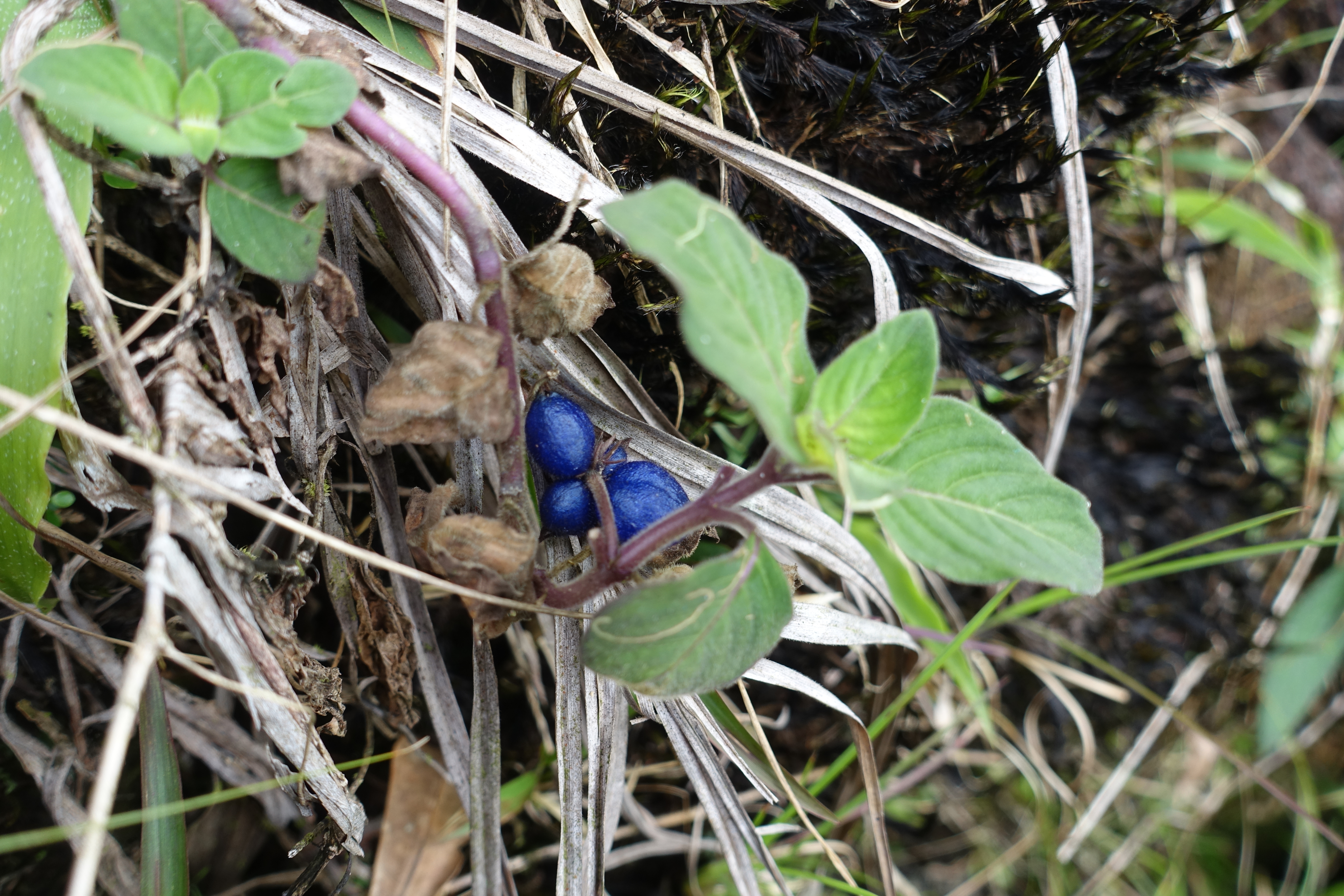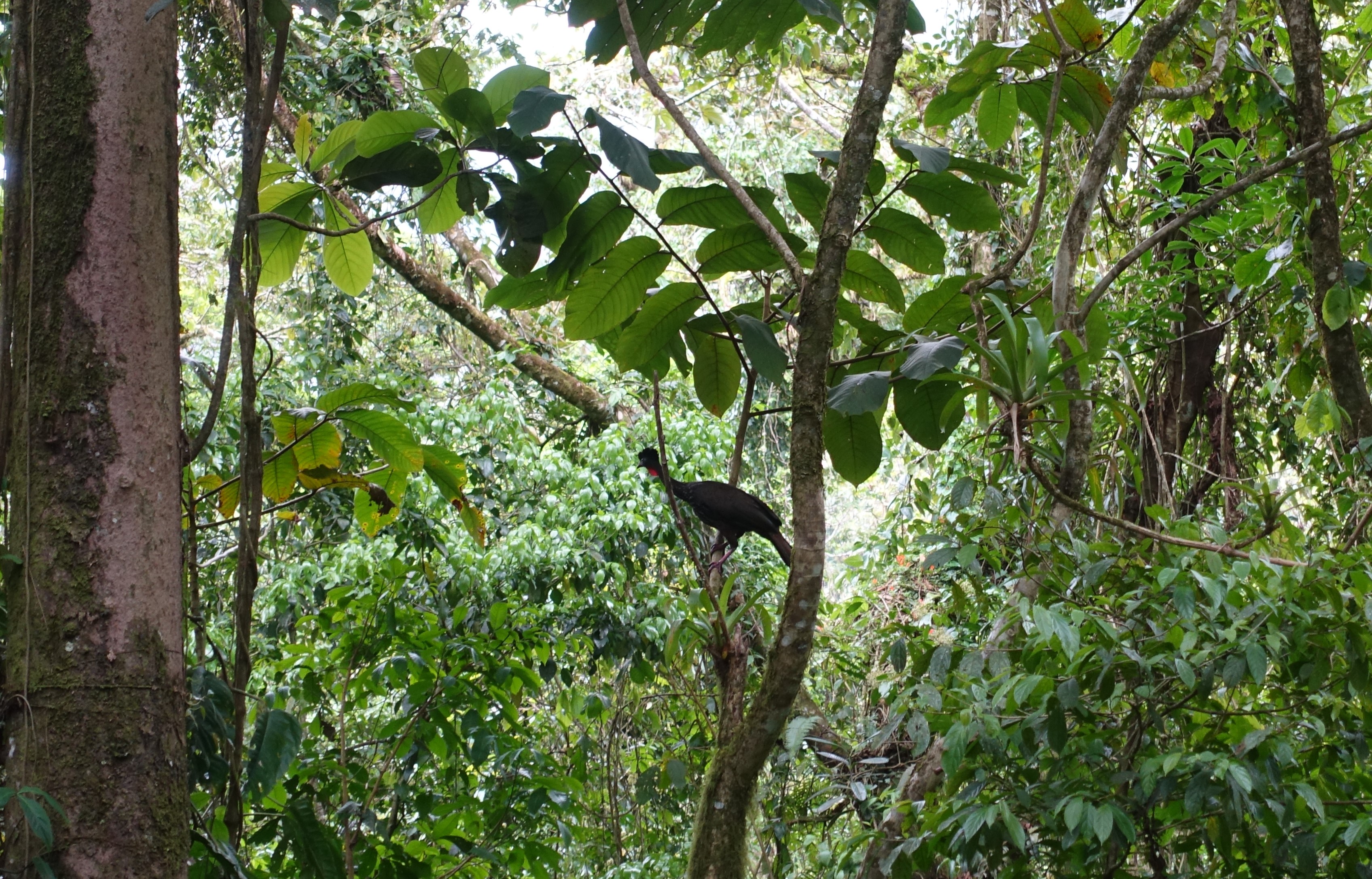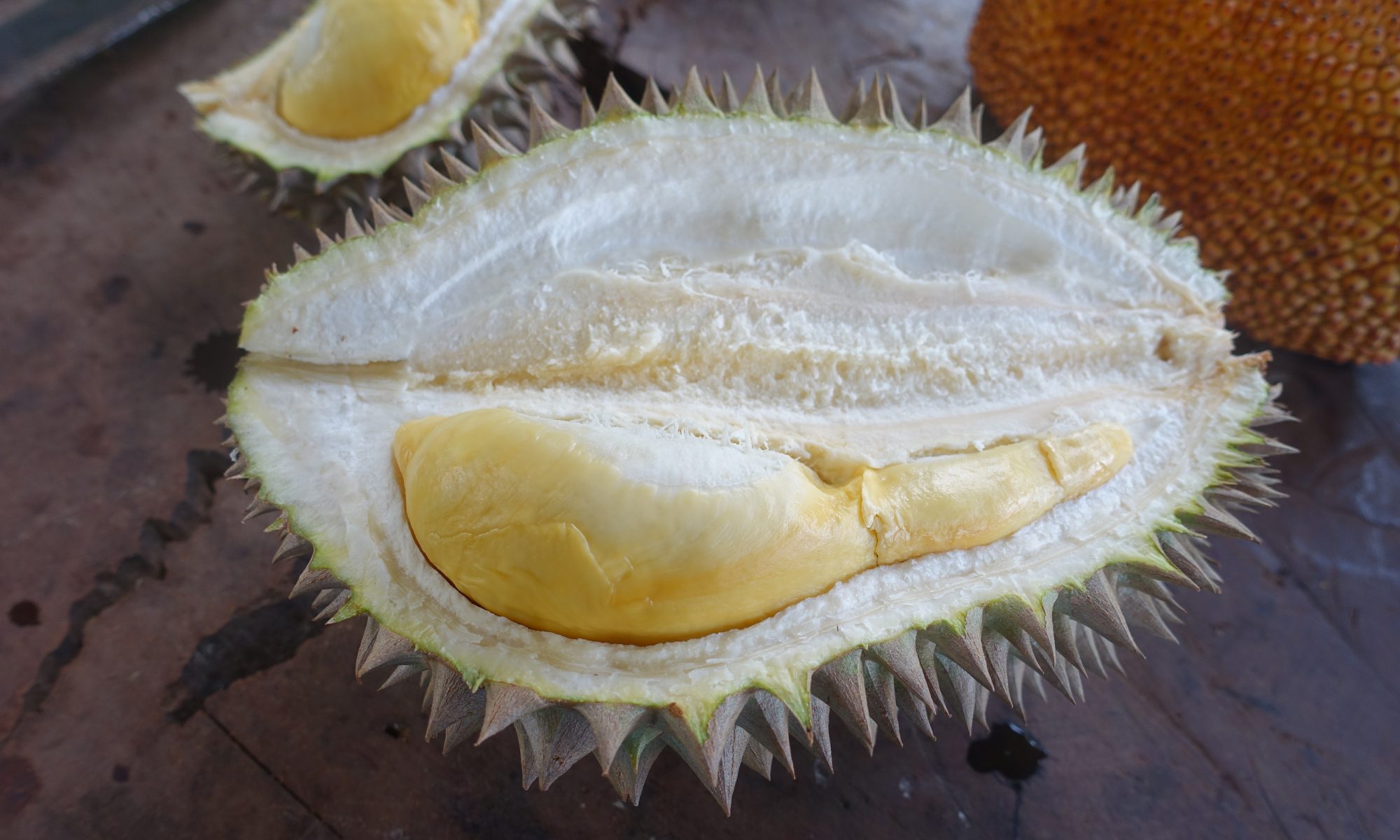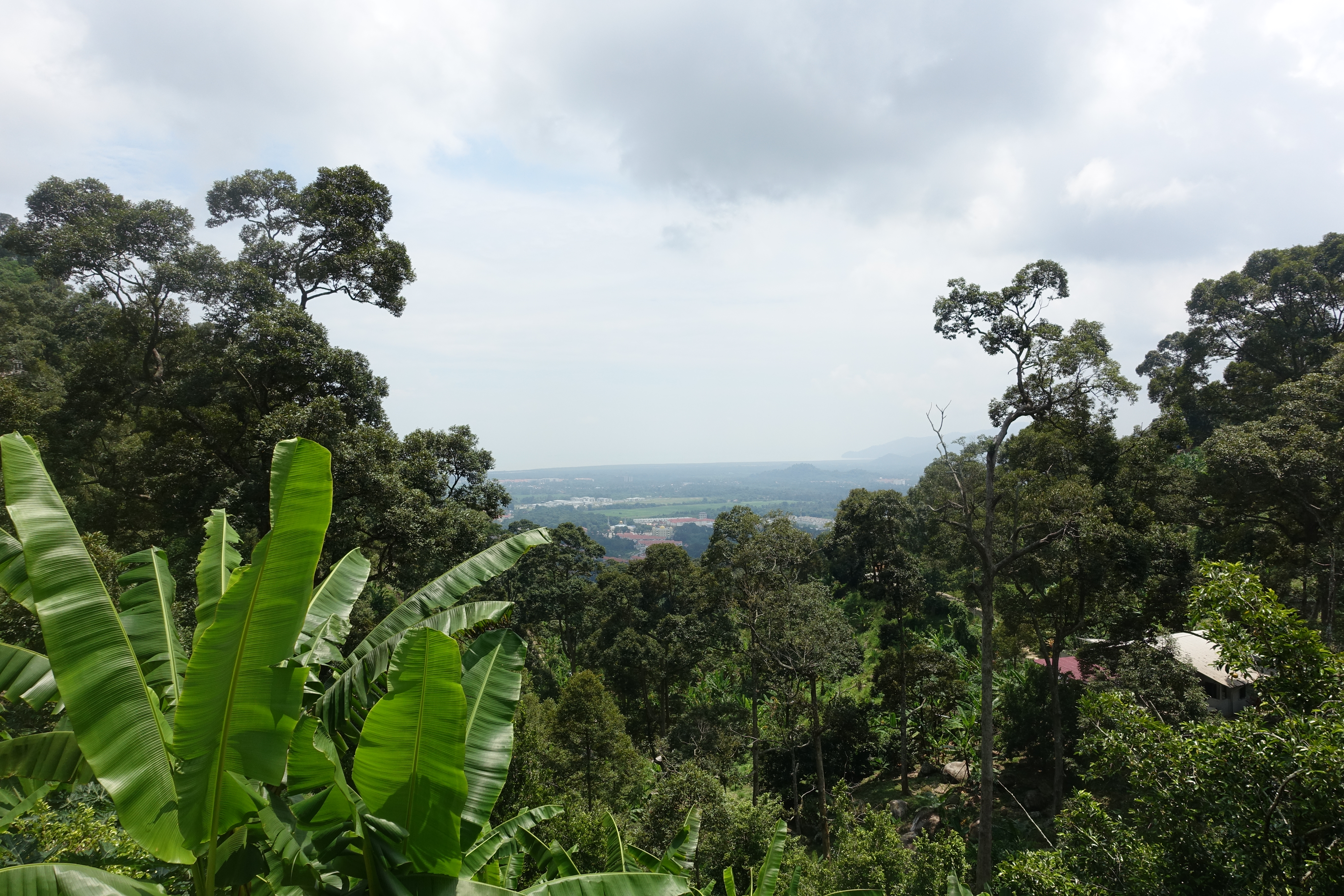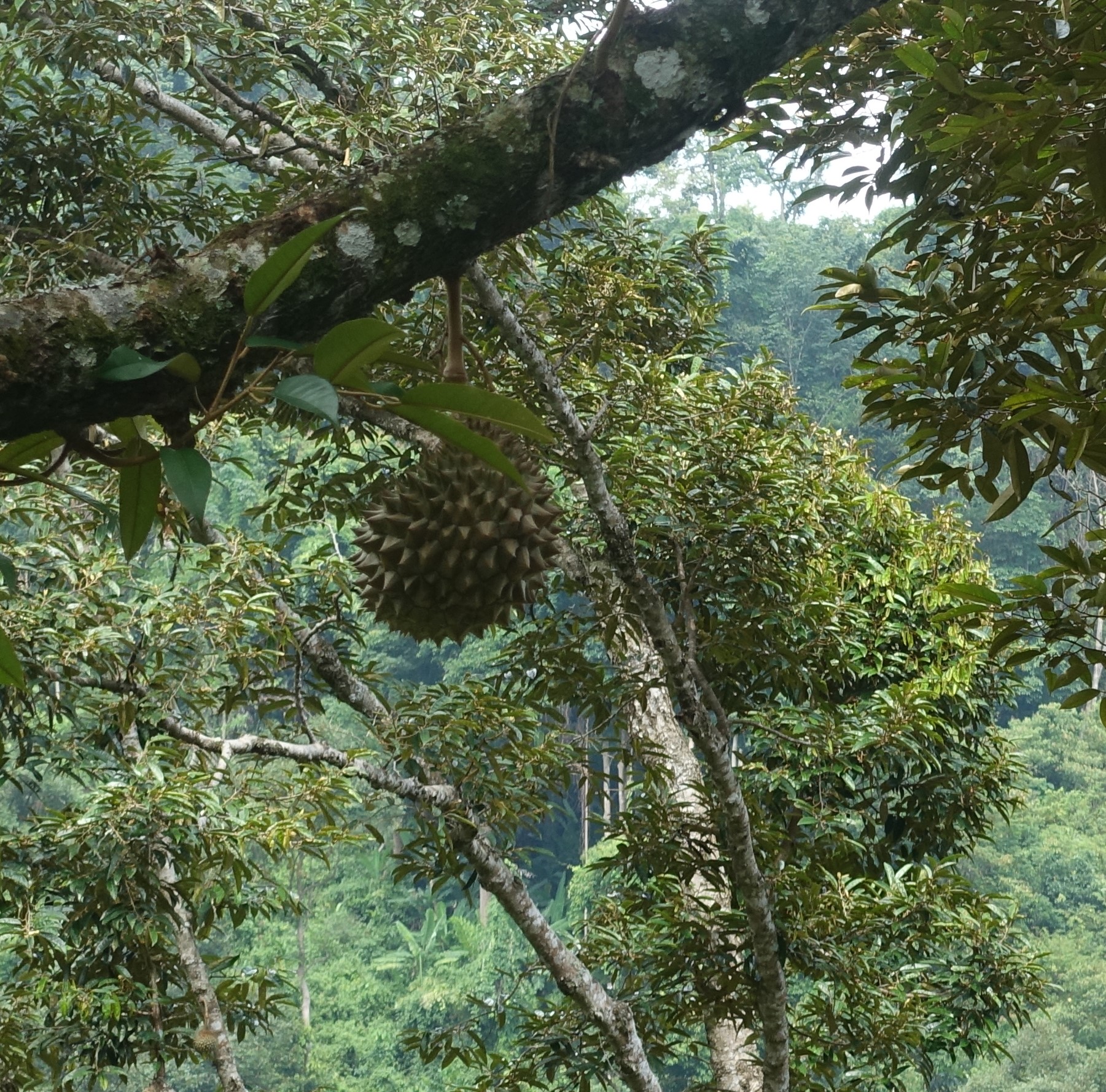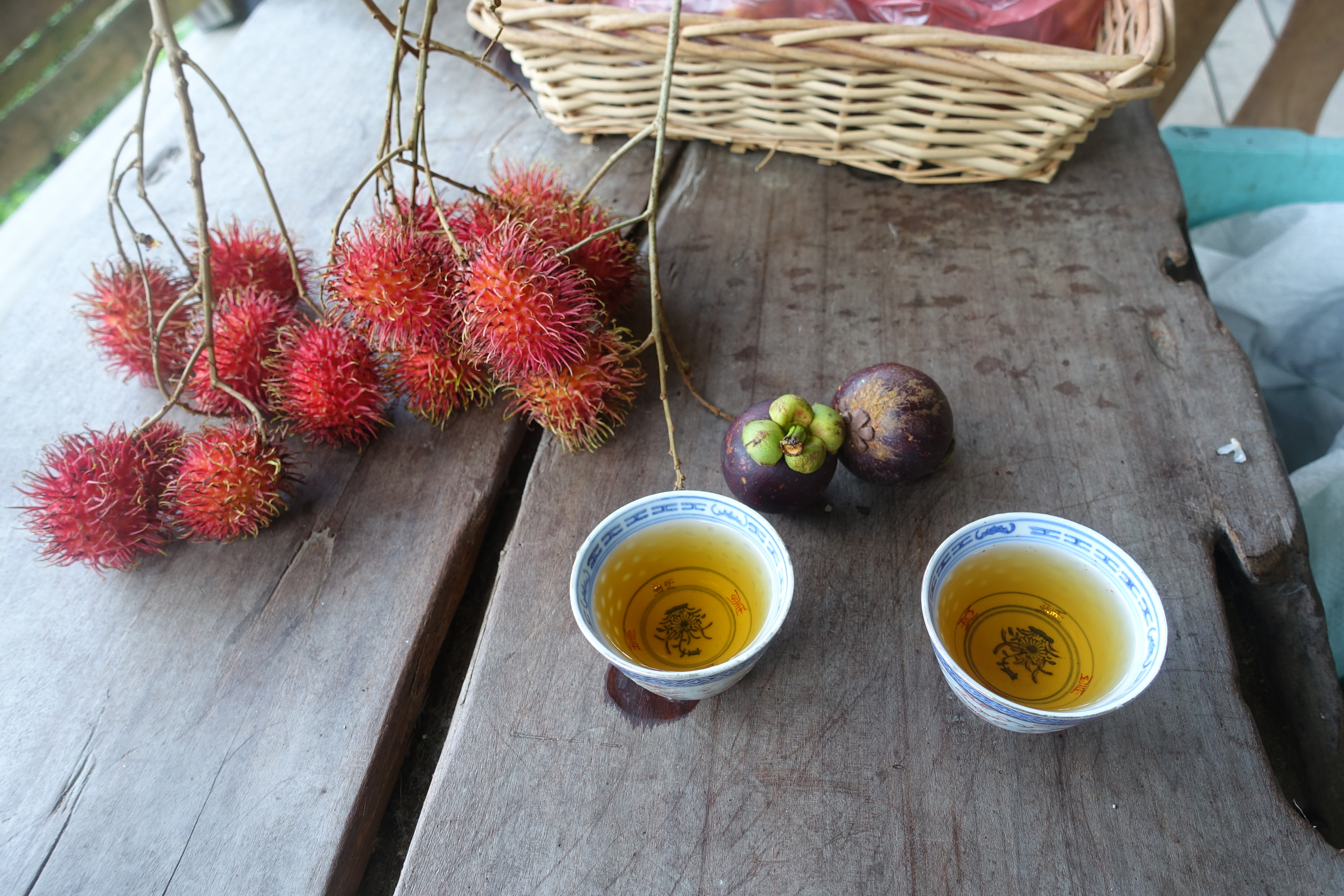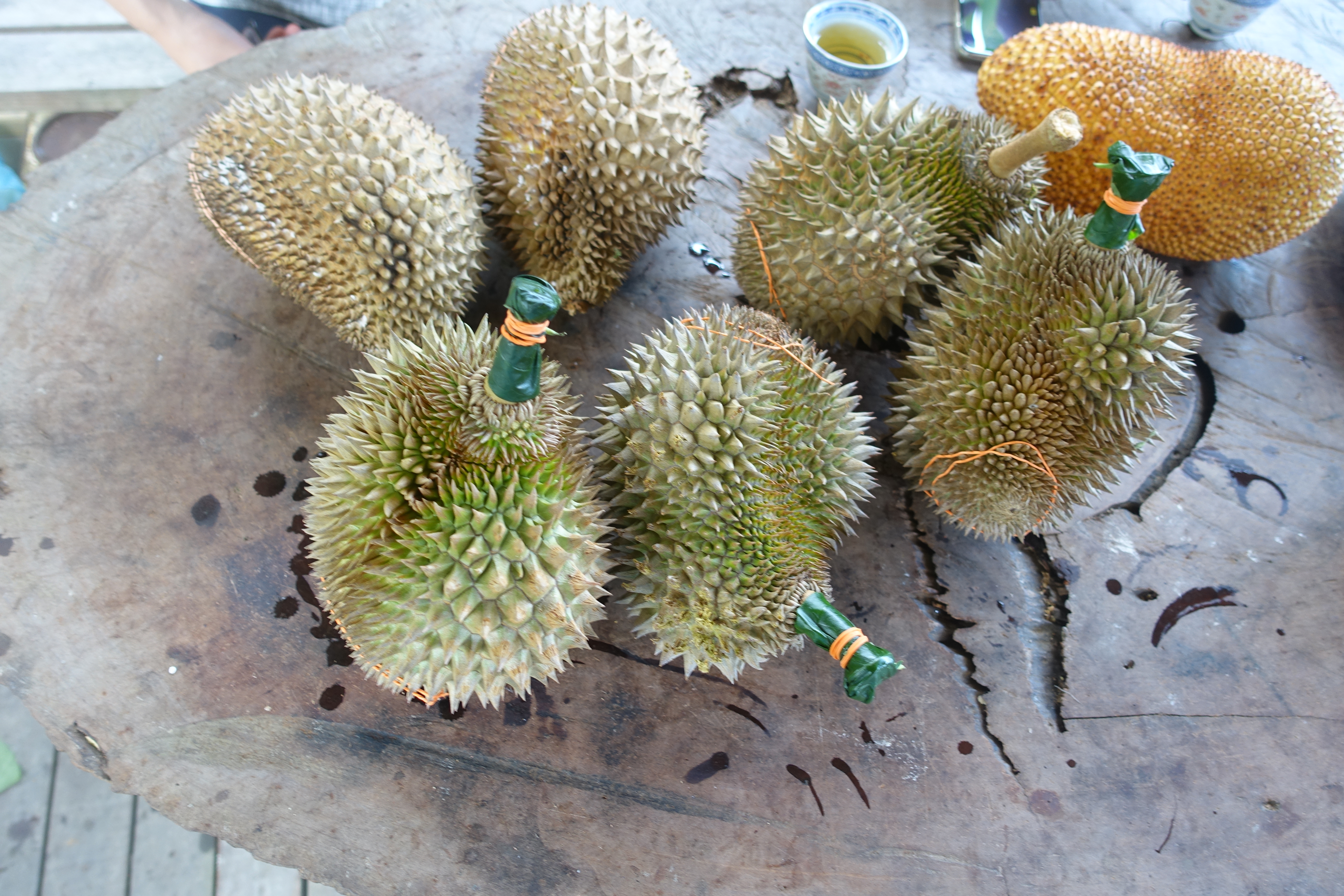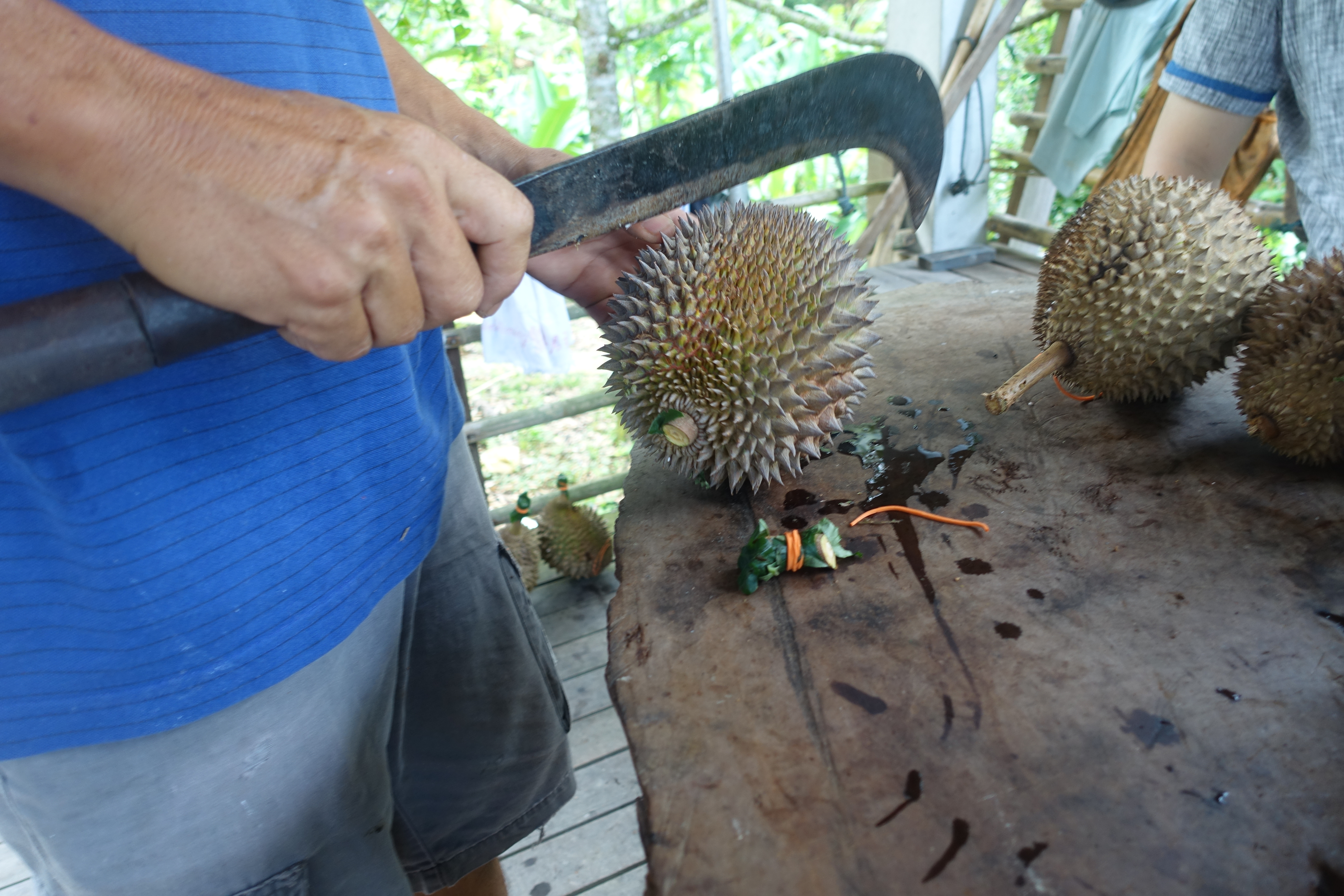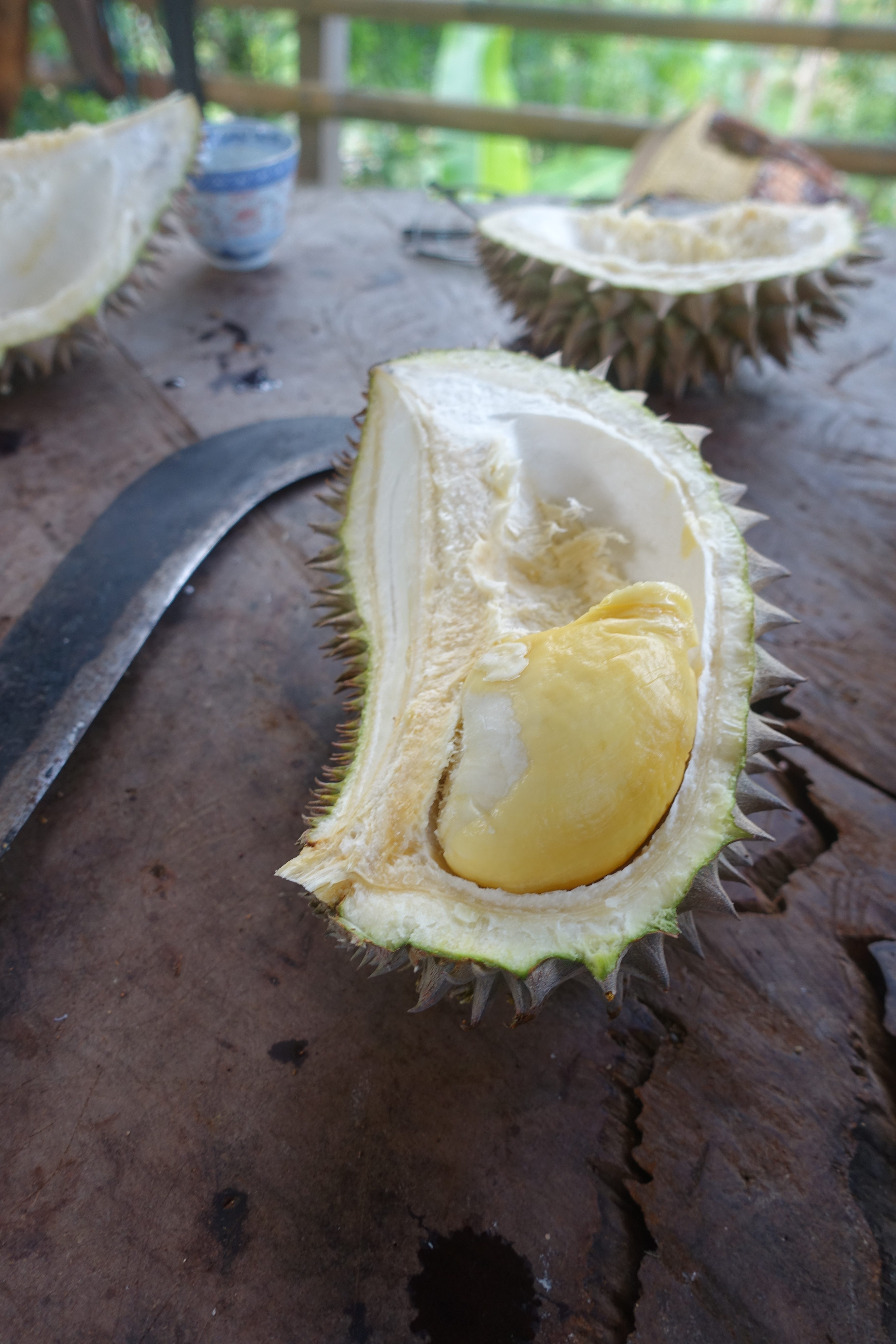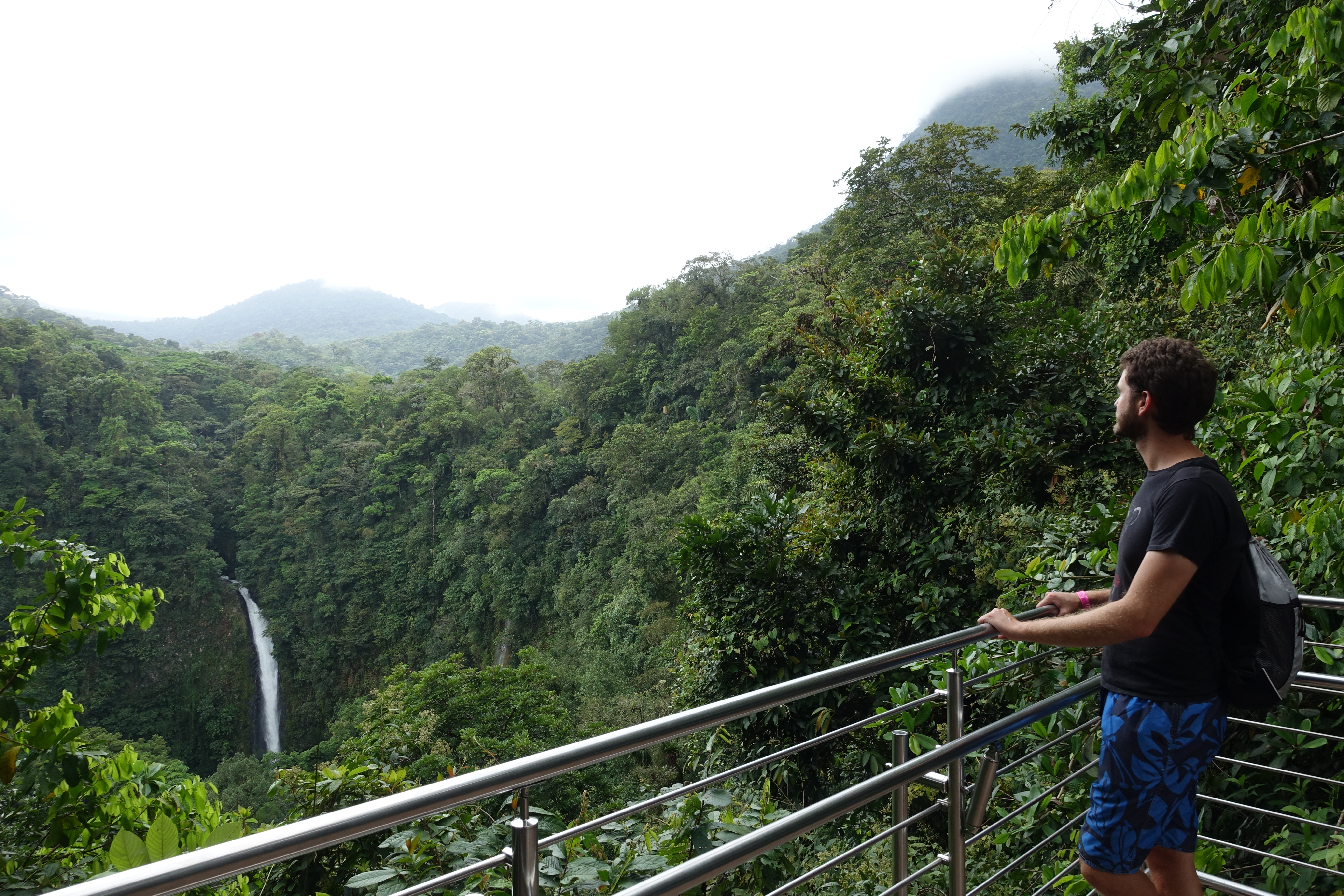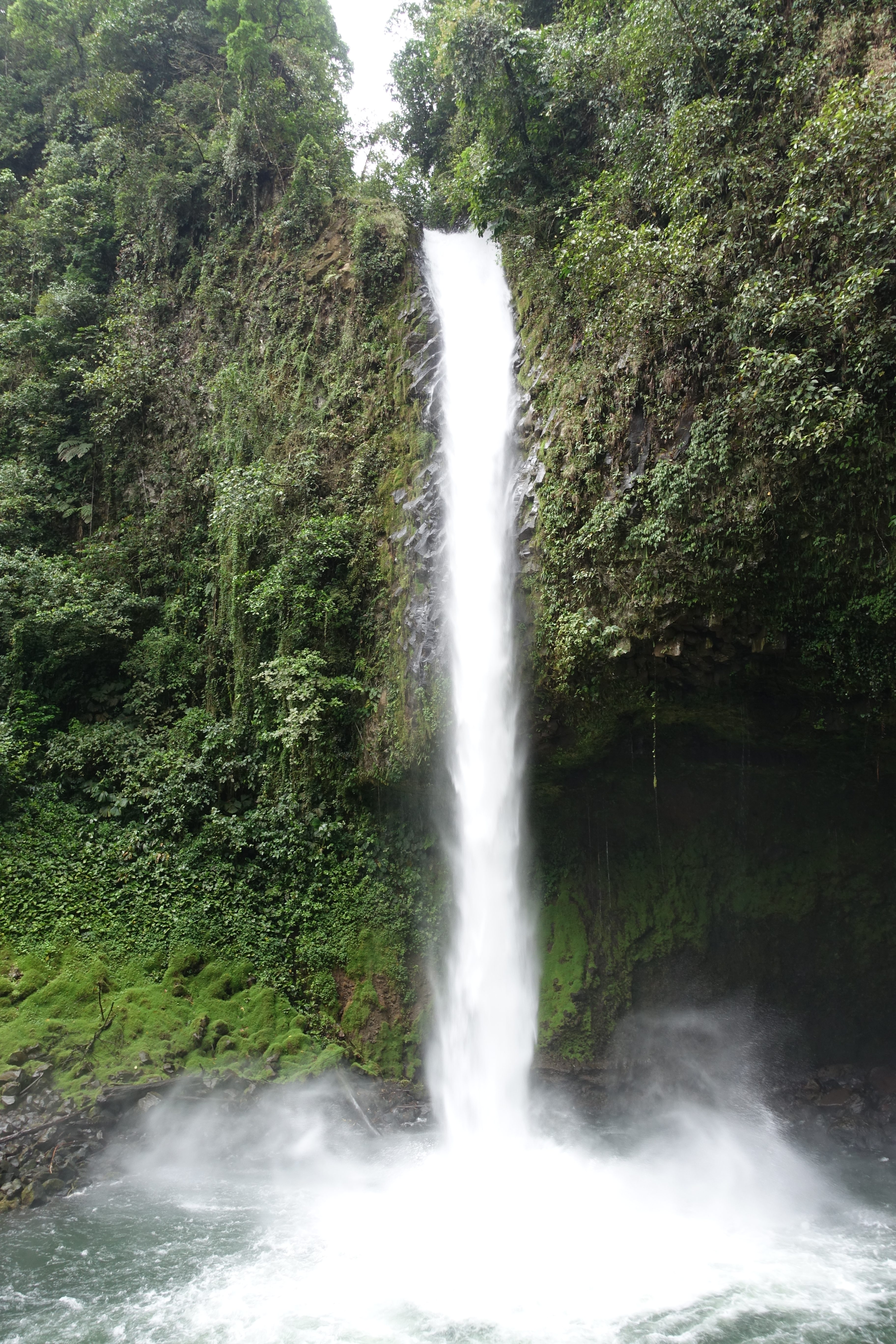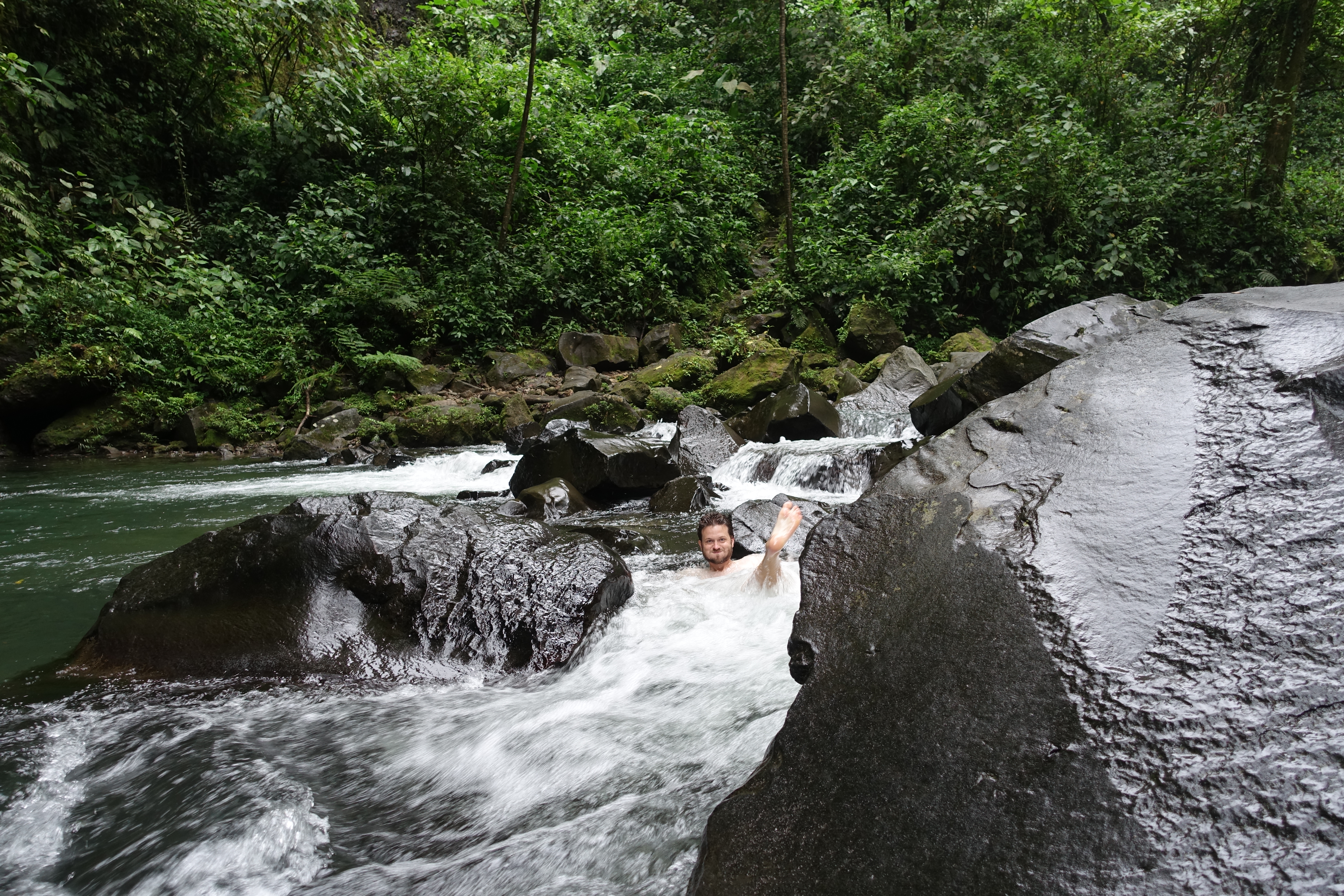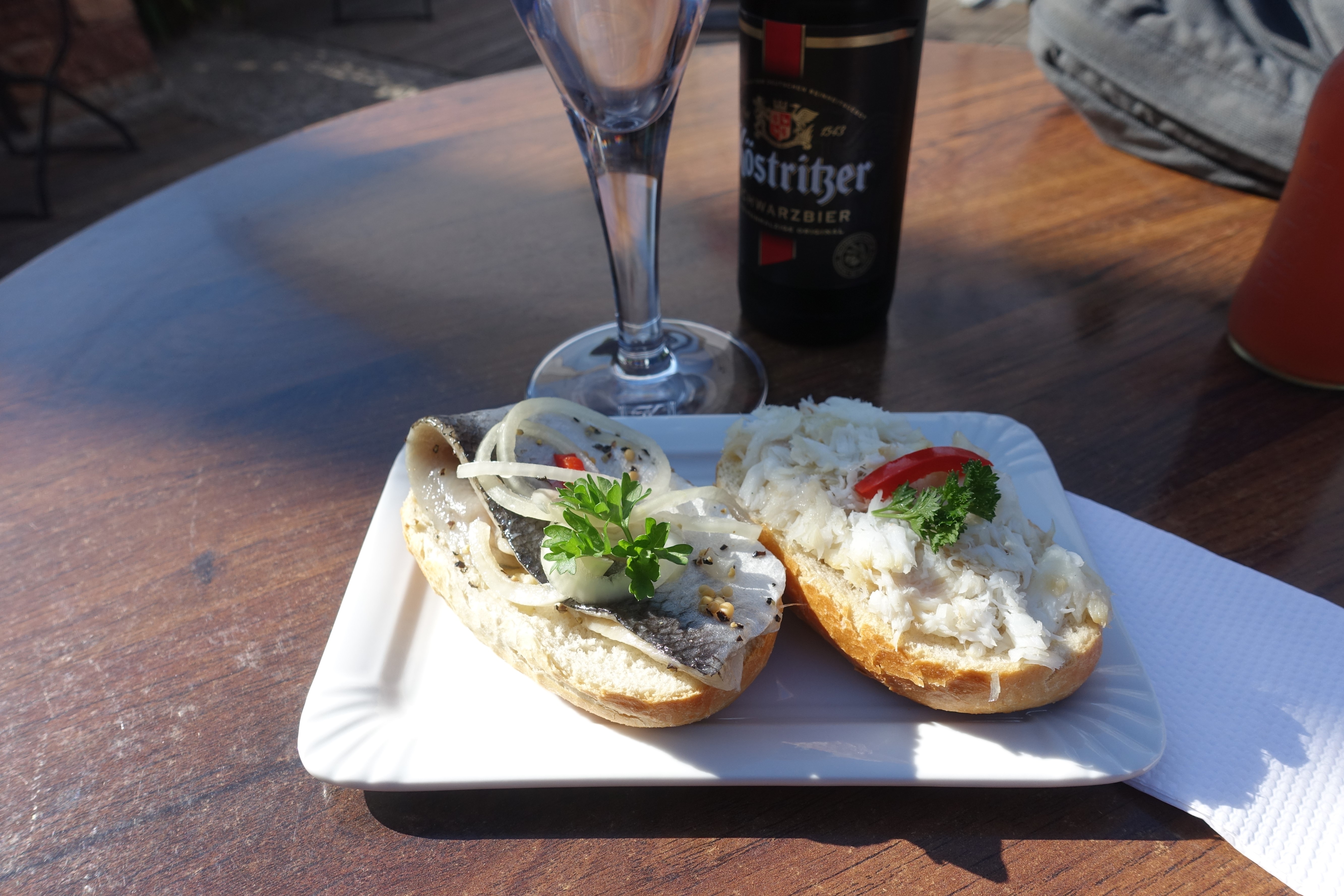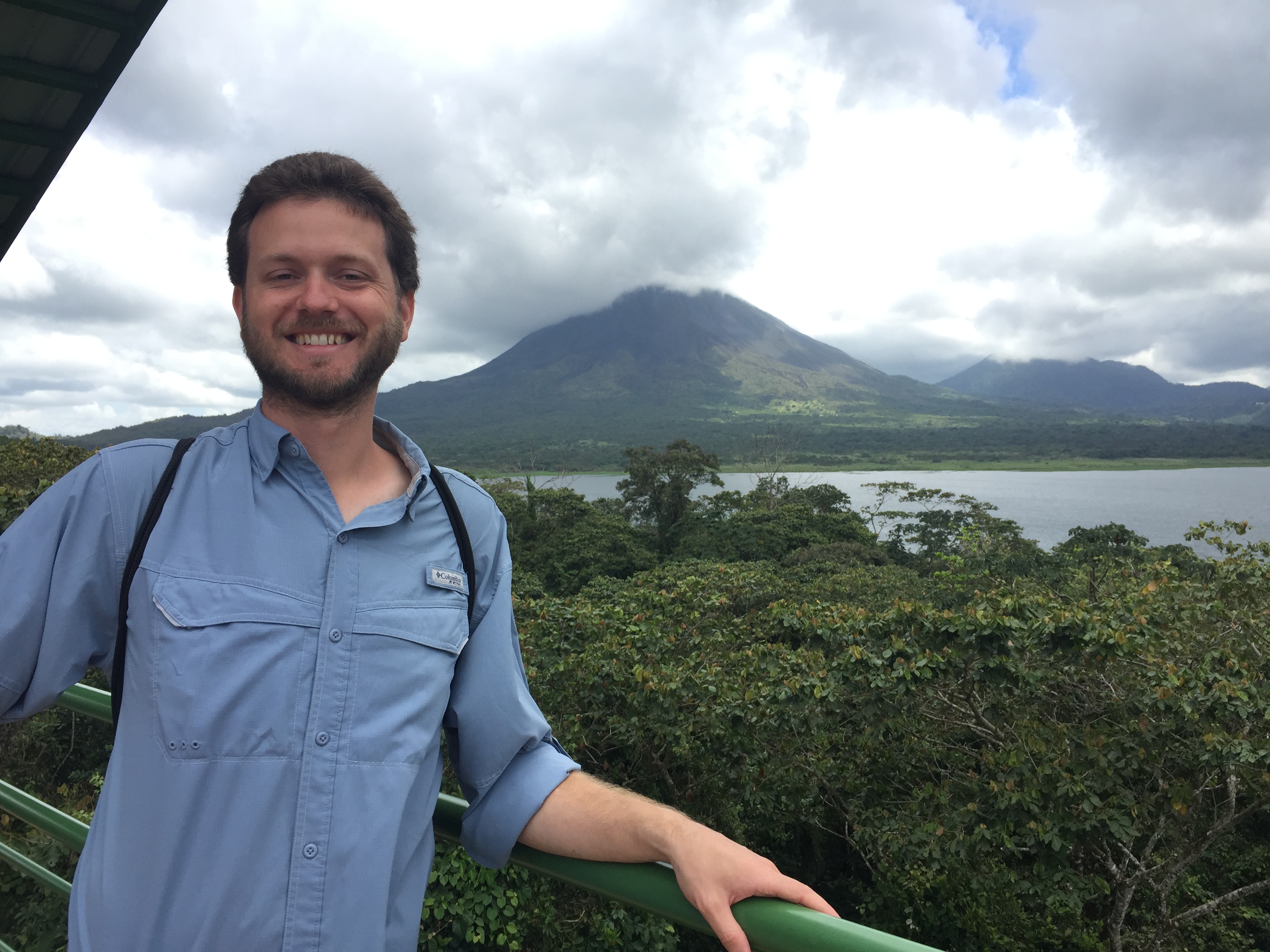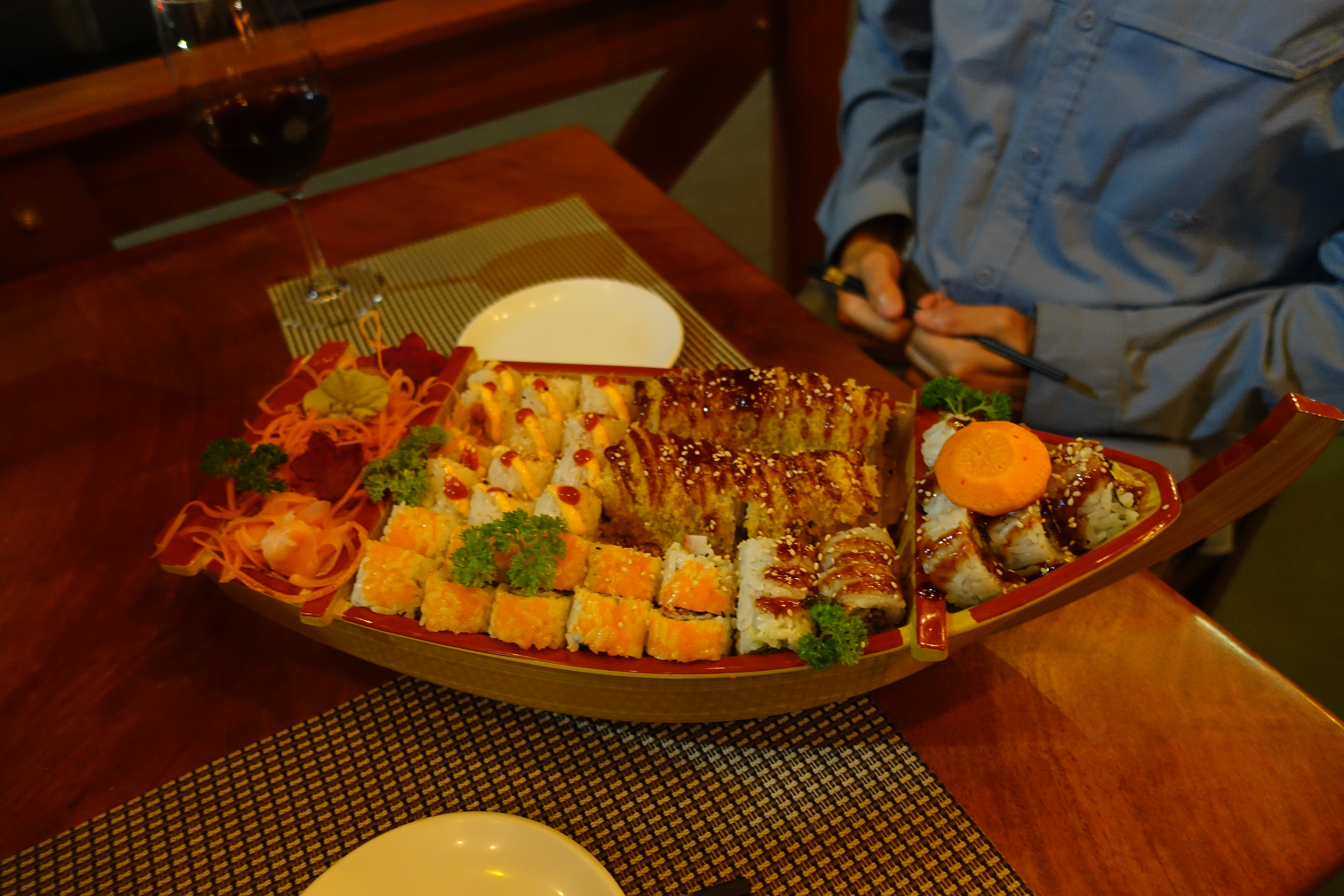I’d like to start this section of the blog with something I’ve been thinking about for a while now. This is something I started thinking about while I was still working, more than a year ago now, and have thought about now and again ever since. In short: Shifting my focus from setting goals to picking a direction to head in.
Goals are tricky things. There are certainly times with they can provide some focus and structure to life, and having goals is usually preferable to living a completely aimless life. So if it was a binary choice, I’d probably have to stick with goals. But goals have their drawbacks. You can either set easy goals, and never really push yourself, or you can set lofty goals that either often have to be abandoned or require sacrificing parts of your life you really shouldn’t be sacrificing. Both alternatives create a lot of stress and unhappiness – and looking around me (especially when I was working a nine to five back home in the USA), I saw a lot sadness caused by both choices, some of which was certainly my own. Another difficulty is that a goal is basically a directive from my past self. And there is really only one person I’m certain is stupider than I am – that’s past Geoff. So that’s the danger of goals: They can involve sacrificing something that current Geoff (you know, me), wants to achieves the plans of past Geoff (who, let’s face it, was a little slow to begin with) to achieve something that future Geoff may or may not want or even have any use for anymore. Yeah, it doesn’t actually sound that great when I say it like that, does it?
Fortunately, though, I think there may be another option. Rather than making rigid goals or floating at random waiting for something to happen, it’s possible to pick a direction. Finding a direction is about taking stock of who I am and what I need in my life in the present moment and heading towards that. It’s about finding flow and balance. It’s about letting go of any ambitions from past Geoff (who doesn’t really know what’s going on anyways) and trying to figure out what future Geoff may need (which is really impossible to tell, because he doesn’t exist yet).
Stepping away from a standard nine to five was definitely a great experiment in this philosophy. Maintaining that trajectory certainly could have paid off eventually. I was making enough money to buy anything I really wanted and could have still retired a bit early – which really did sound like something future Geoff would have wanted, maybe travel the world a bit, relax, not have most of my days dictated by the needs of others who may or may not of had my best interests at heart. But really, that was just projecting, that’s what current Geoff wanted, and when it was a goal to not work (or really to never work again), it made me ignore the balance I needed at that time. When I made the choice not to work, it was really about finding balance. I had grown the financial portion of my life, but let other aspects slip. I really love exploring new places, seeing the world, experiencing different ways of living. Waiting all year for two cherished weeks of travel wasn’t cutting it and won’t for the foreseeable future. So I made what is always a shrewd deal, trading what I had an excess of (money) for what I was in need of (time and freedom). And it’s been awesome! I’ve seen so much more of the world and I haven’t even been traveling for a full year yet. But it is time to shift directions just slightly, and start building back up the financial portion of my life. But unlike the last time I needed to build up that part of my life – right after college with exhausted savings and collage loans looming on the horizon – I’m in a position where I have enough time and money to relax, take my time, think, take risks, experiment, play, and learn. I don’t need a salary tomorrow, or really even in the next year or so. I just need to take stock of who I am and what I need and head in that direction.

